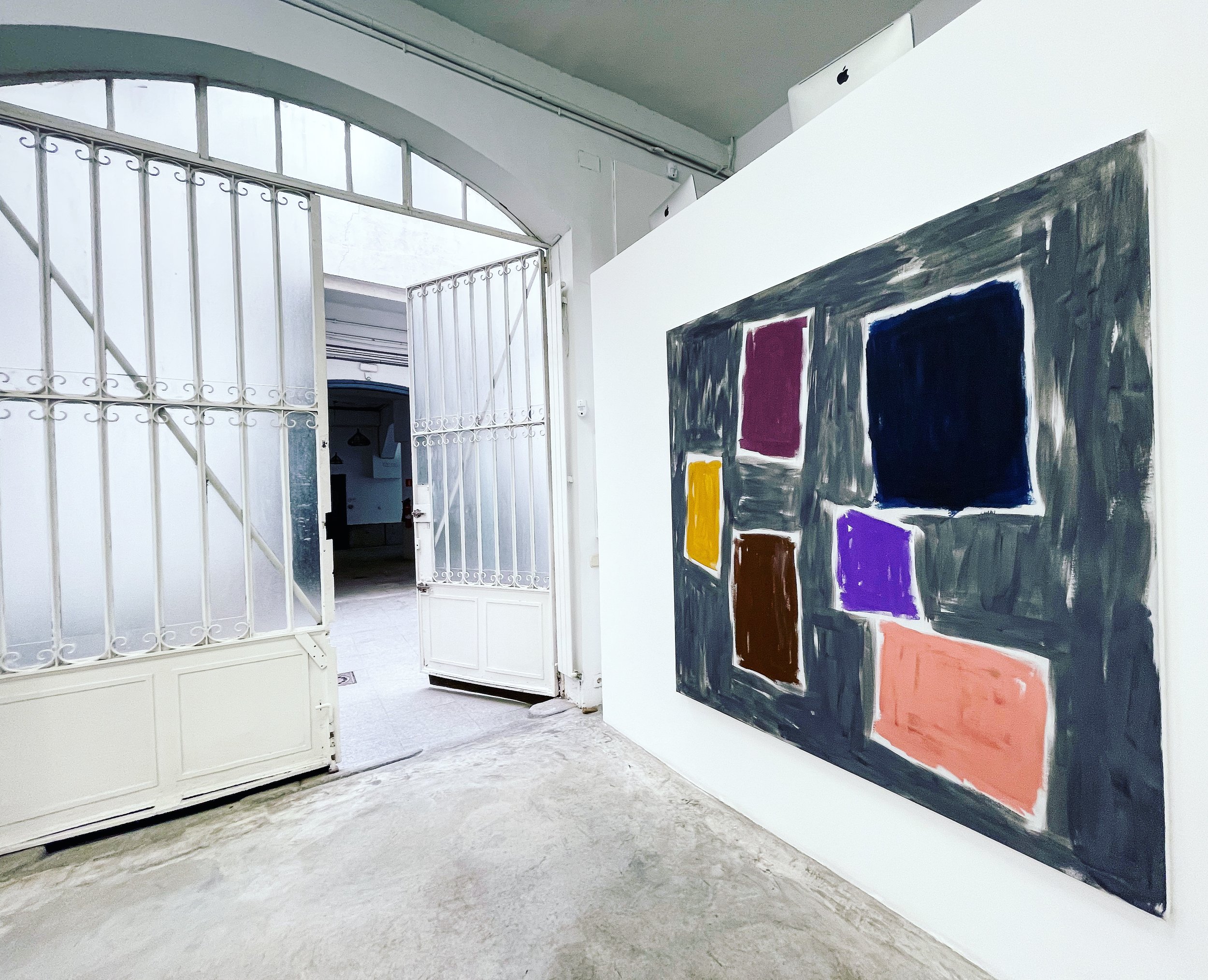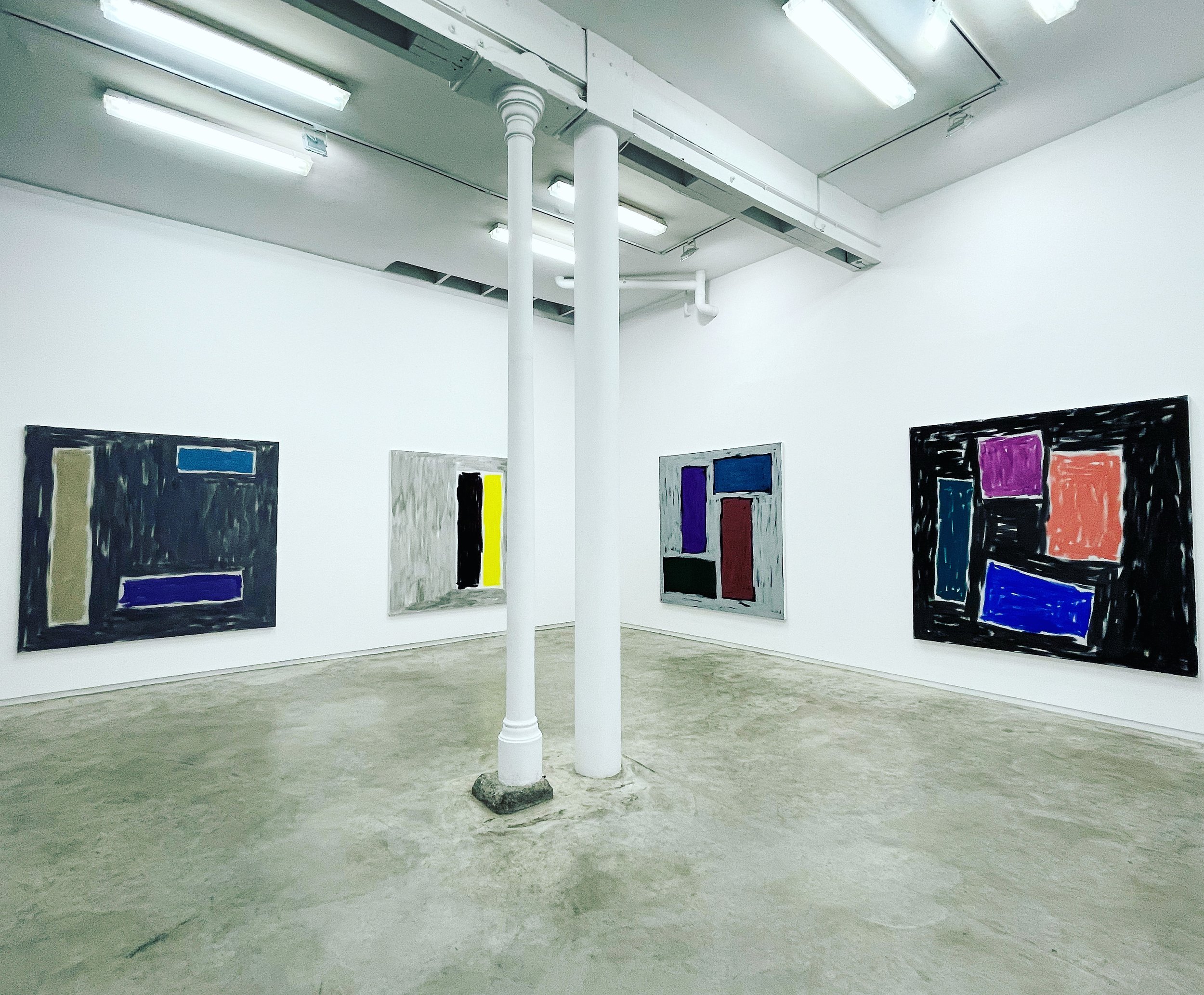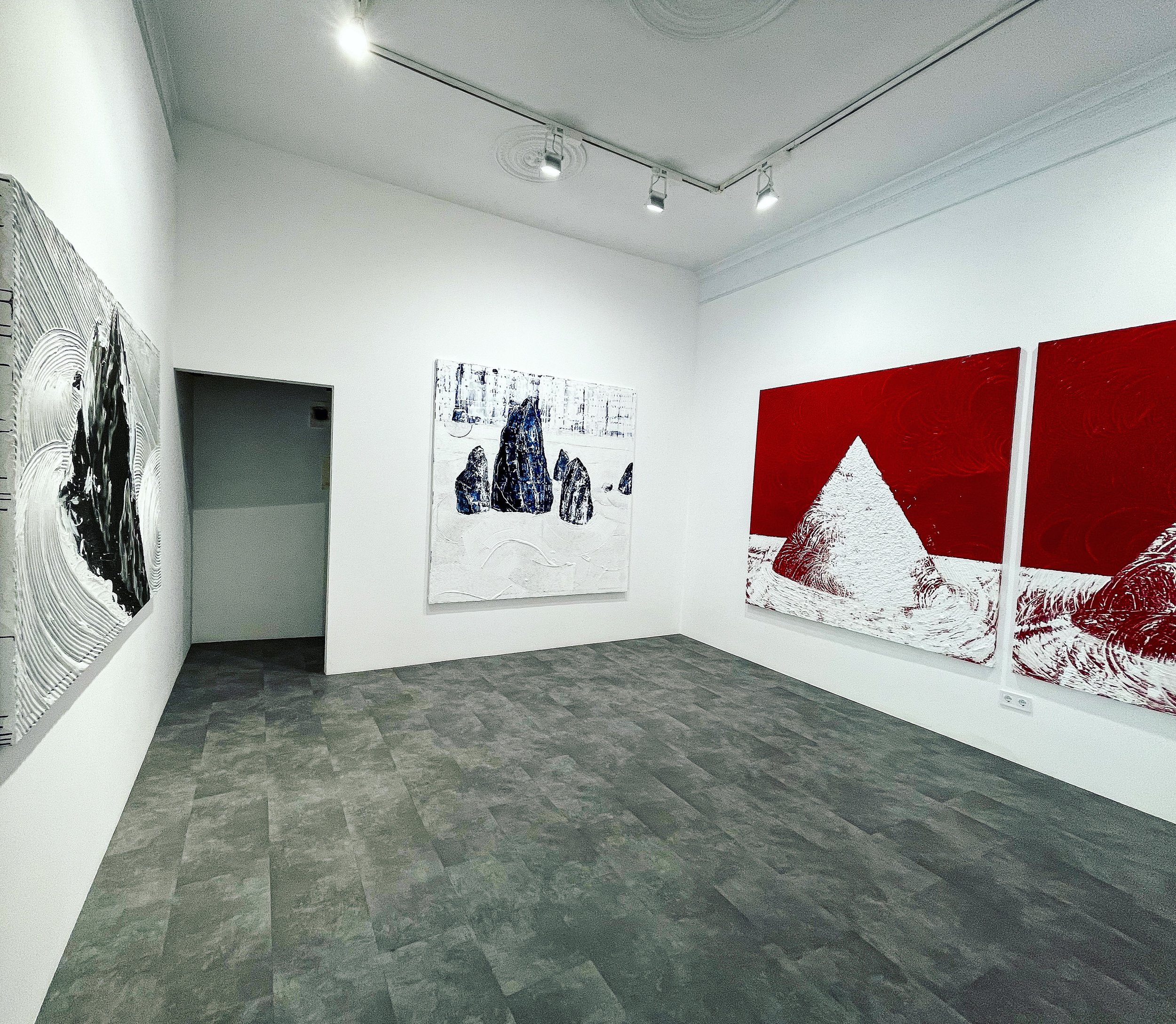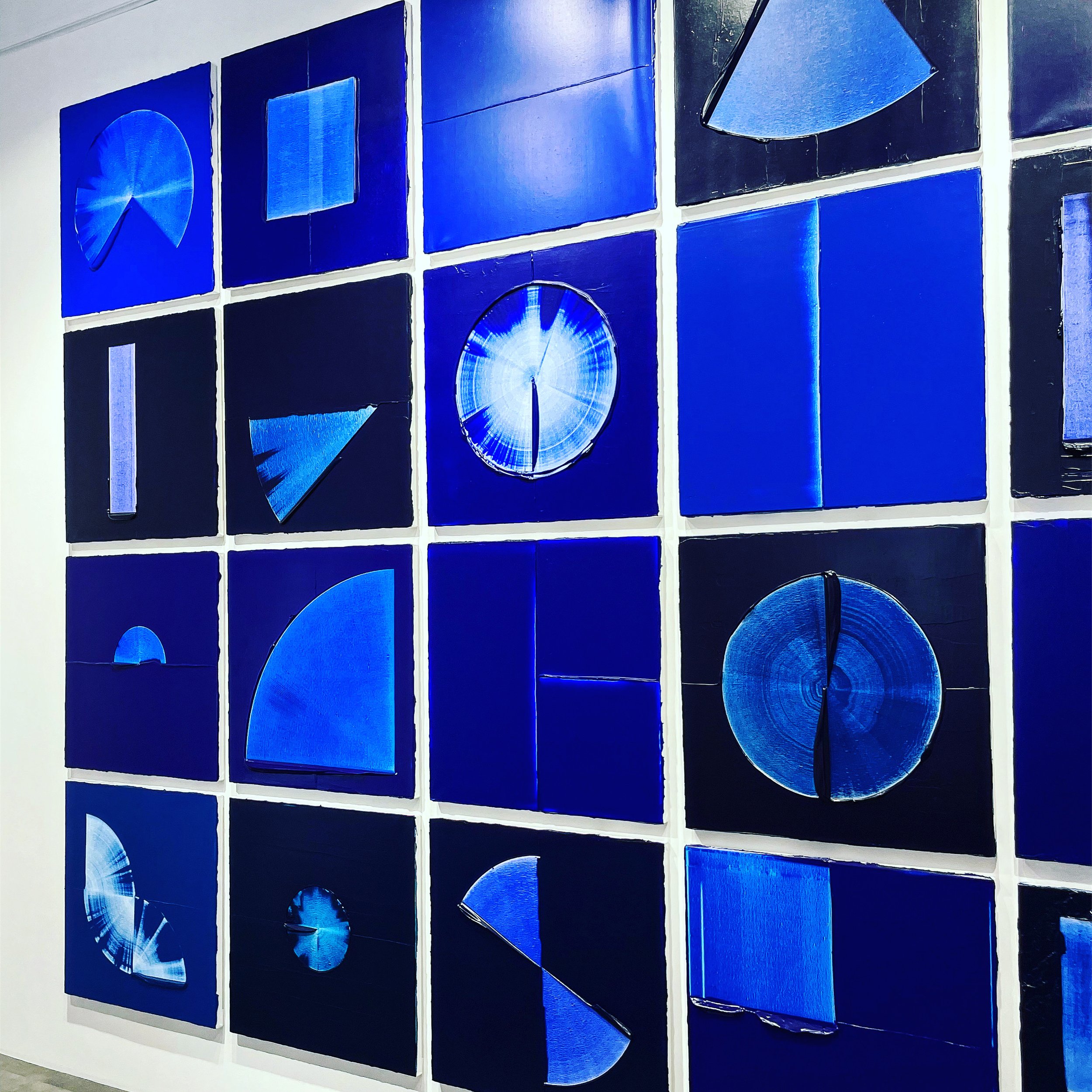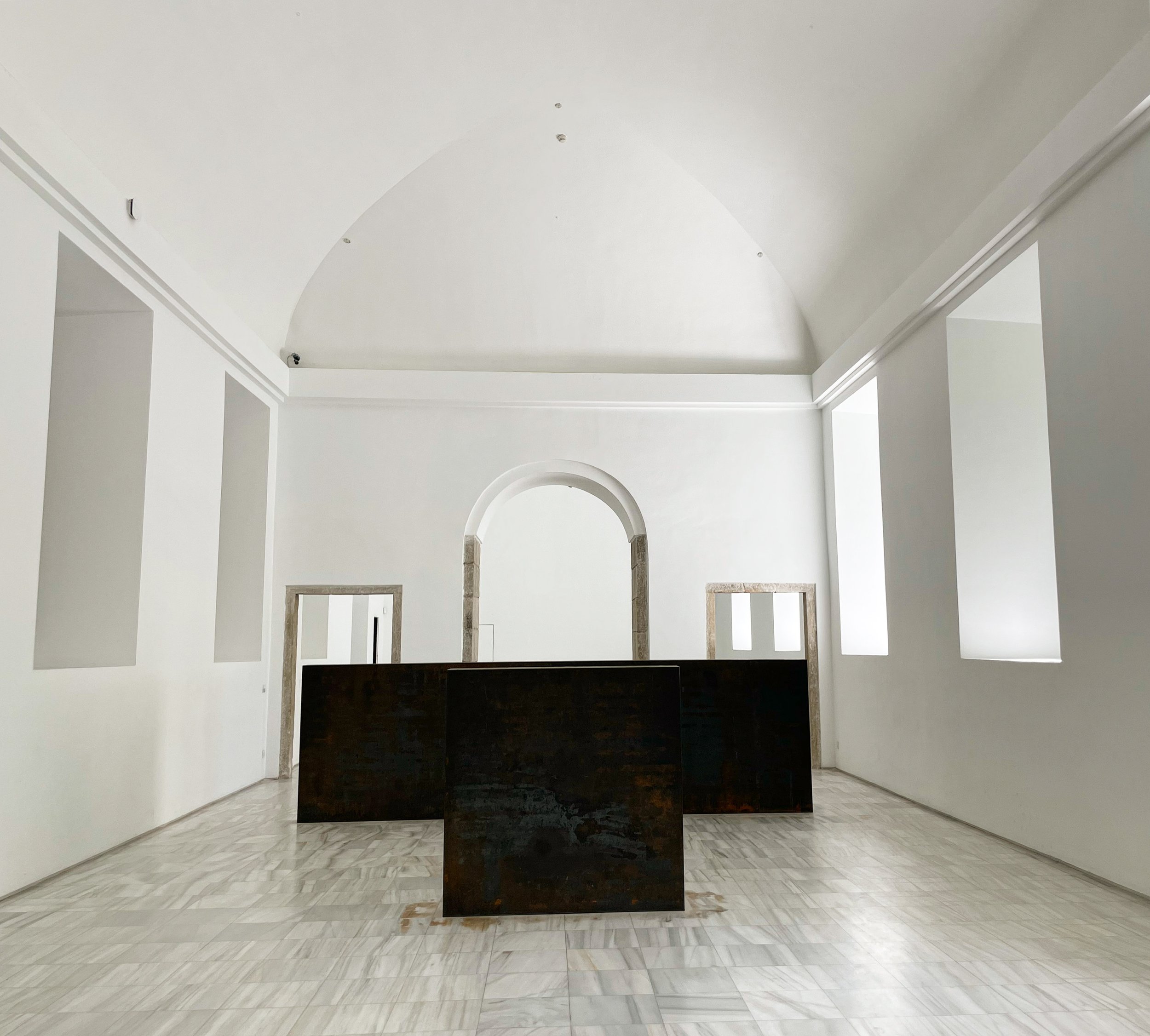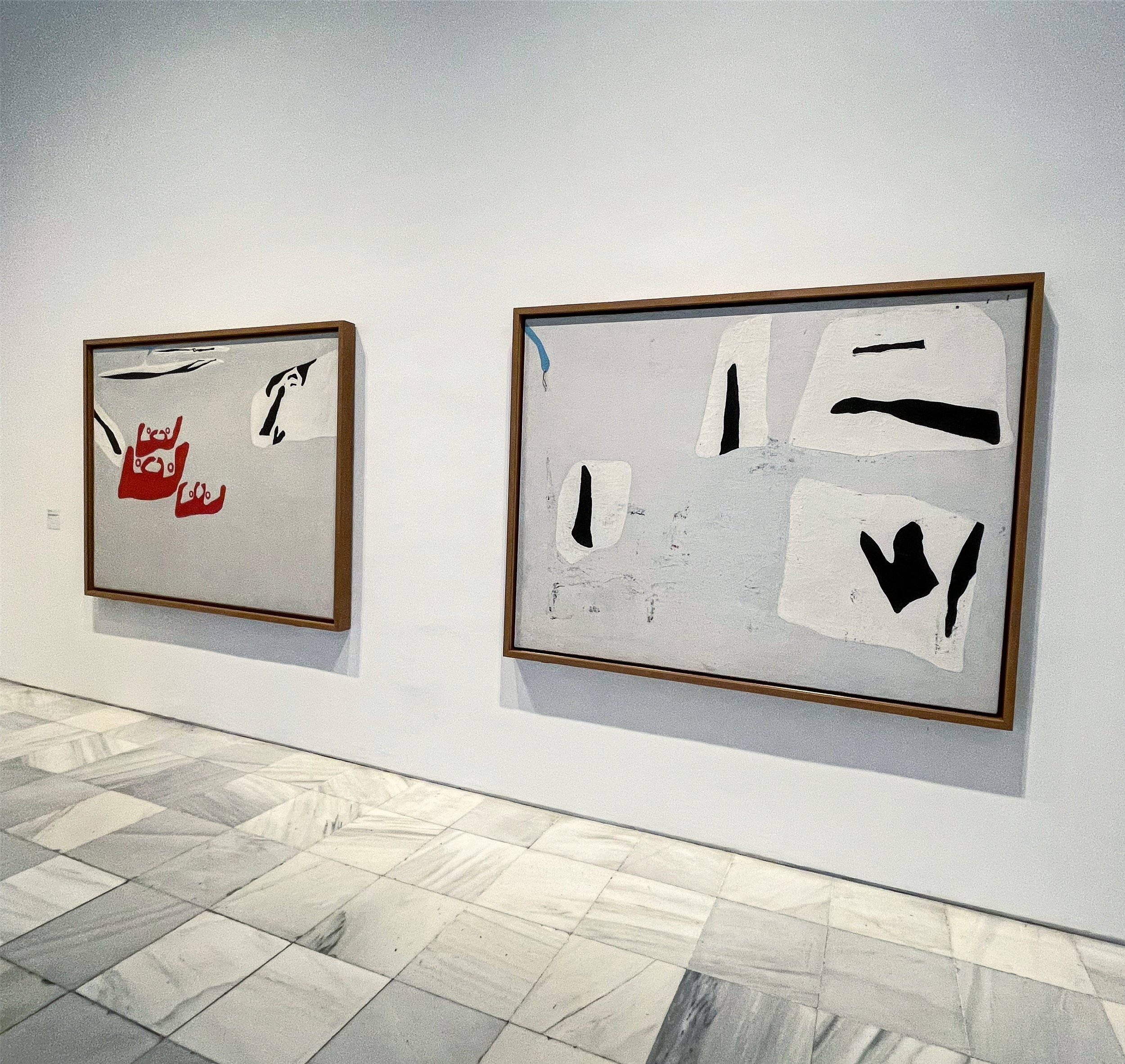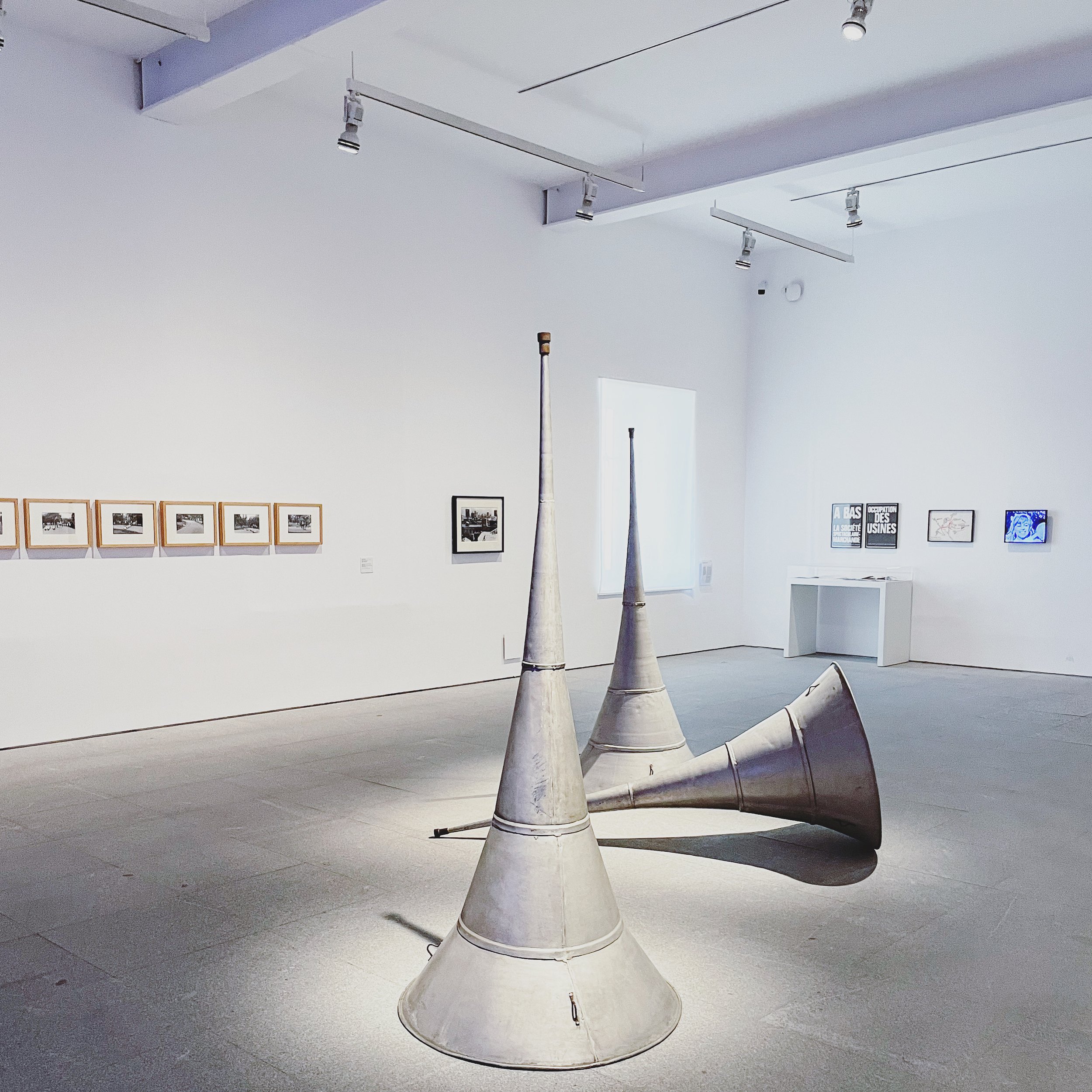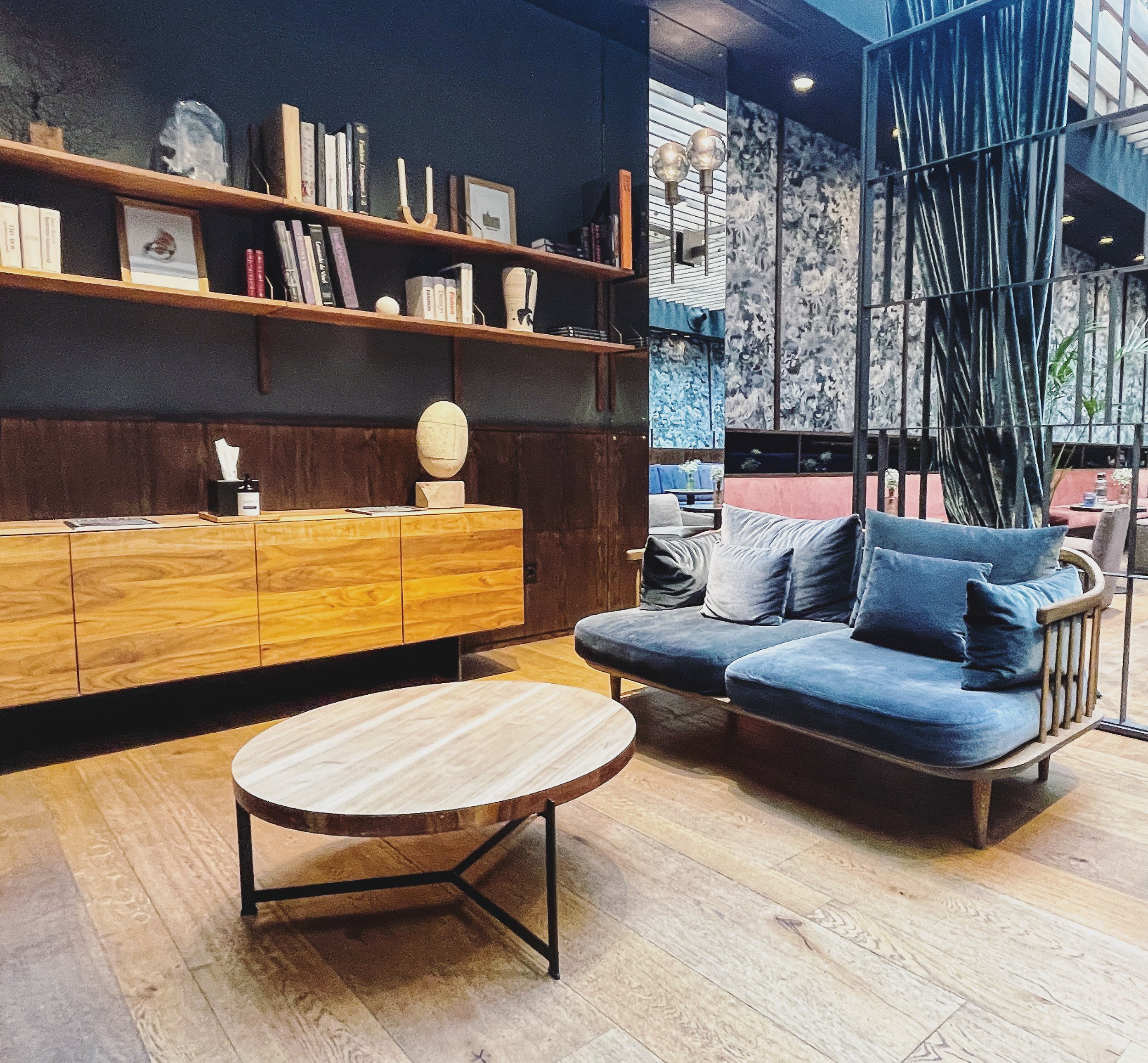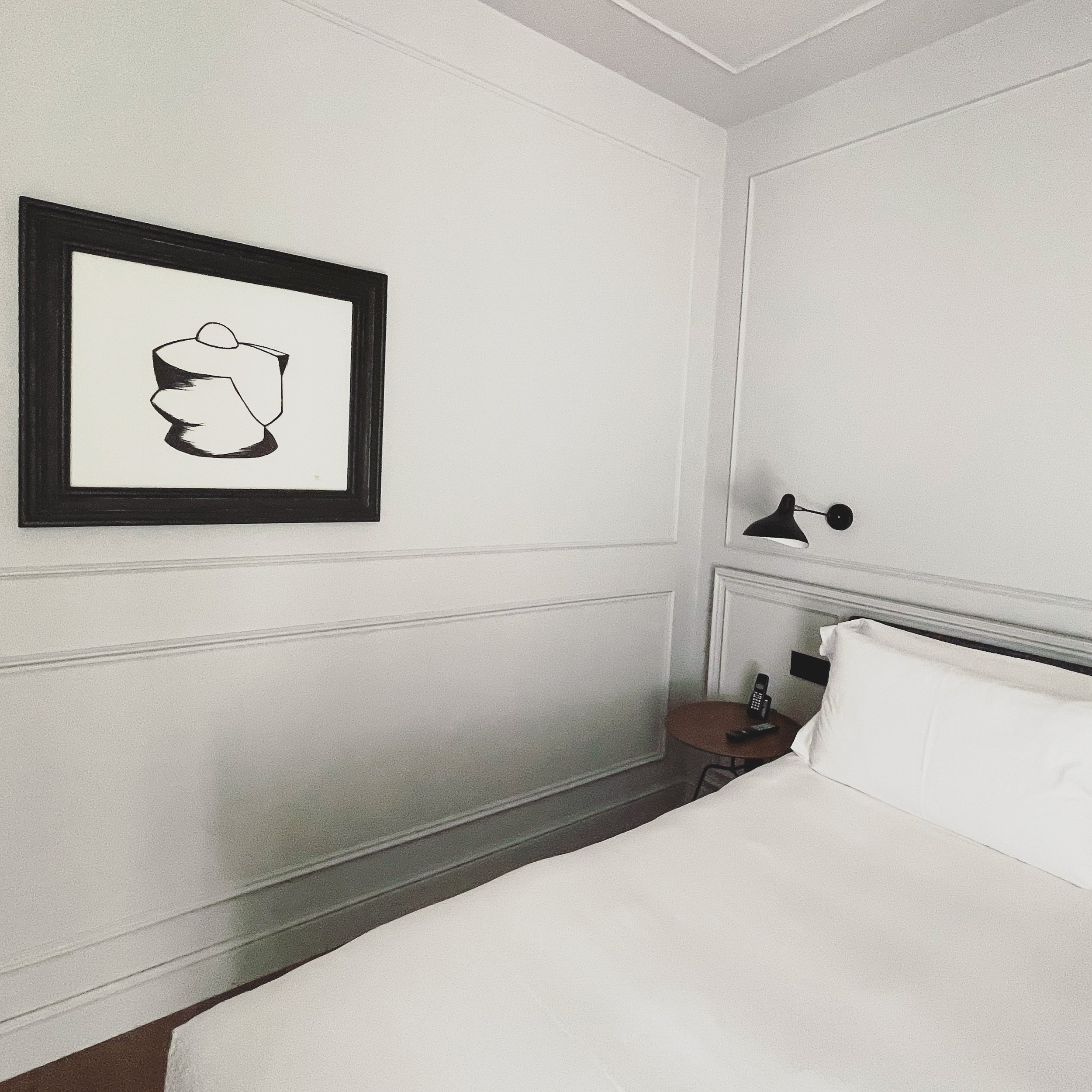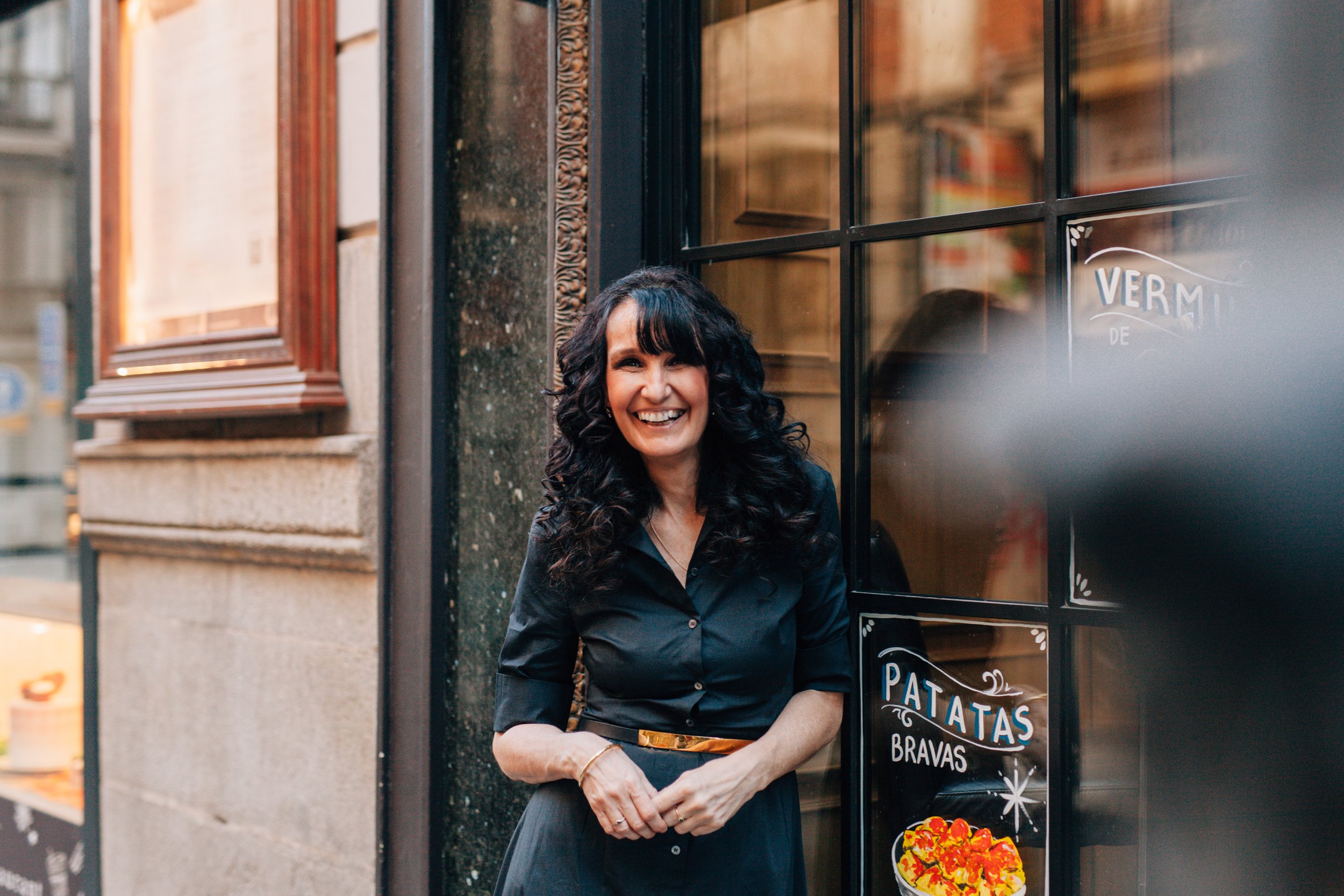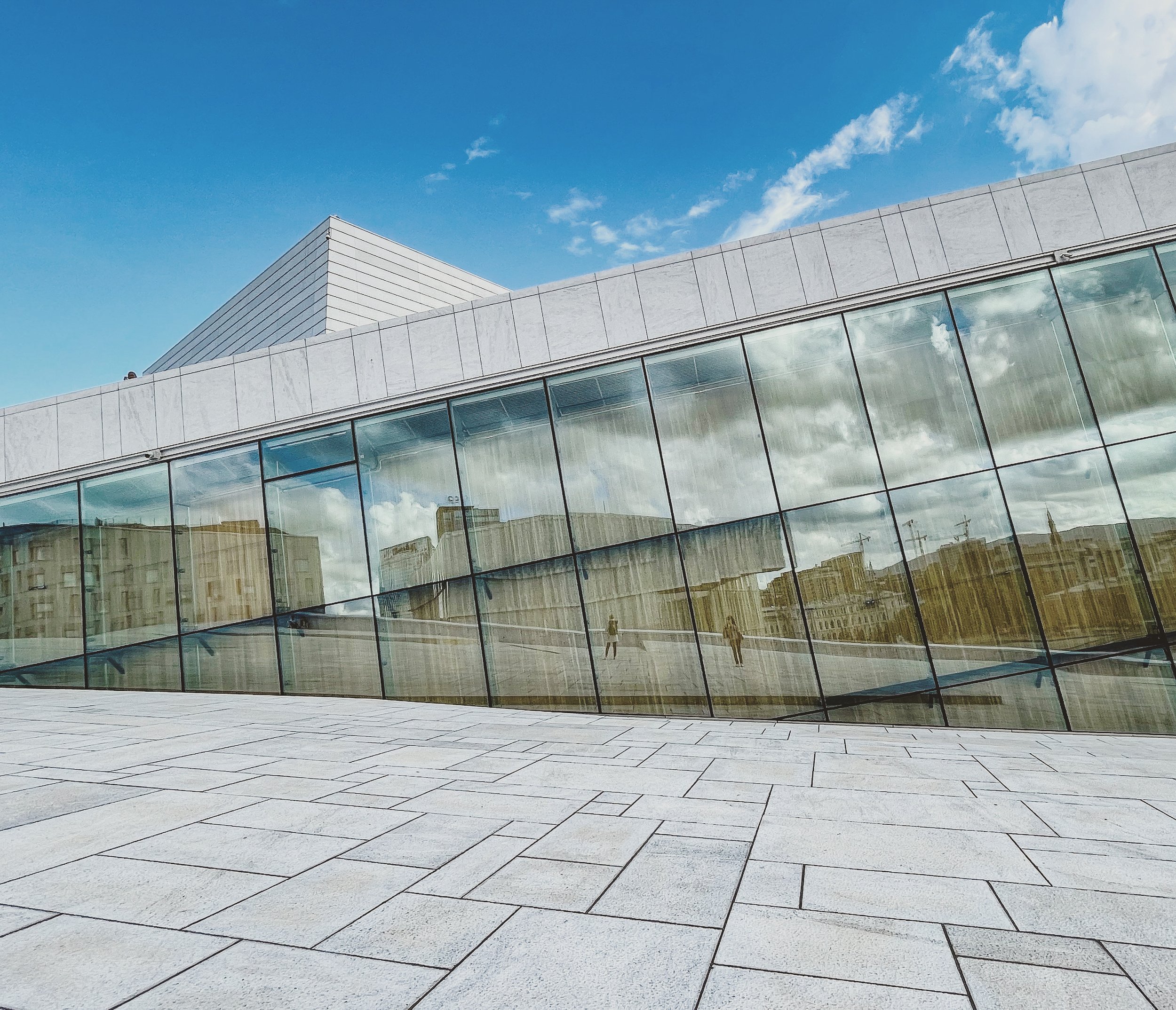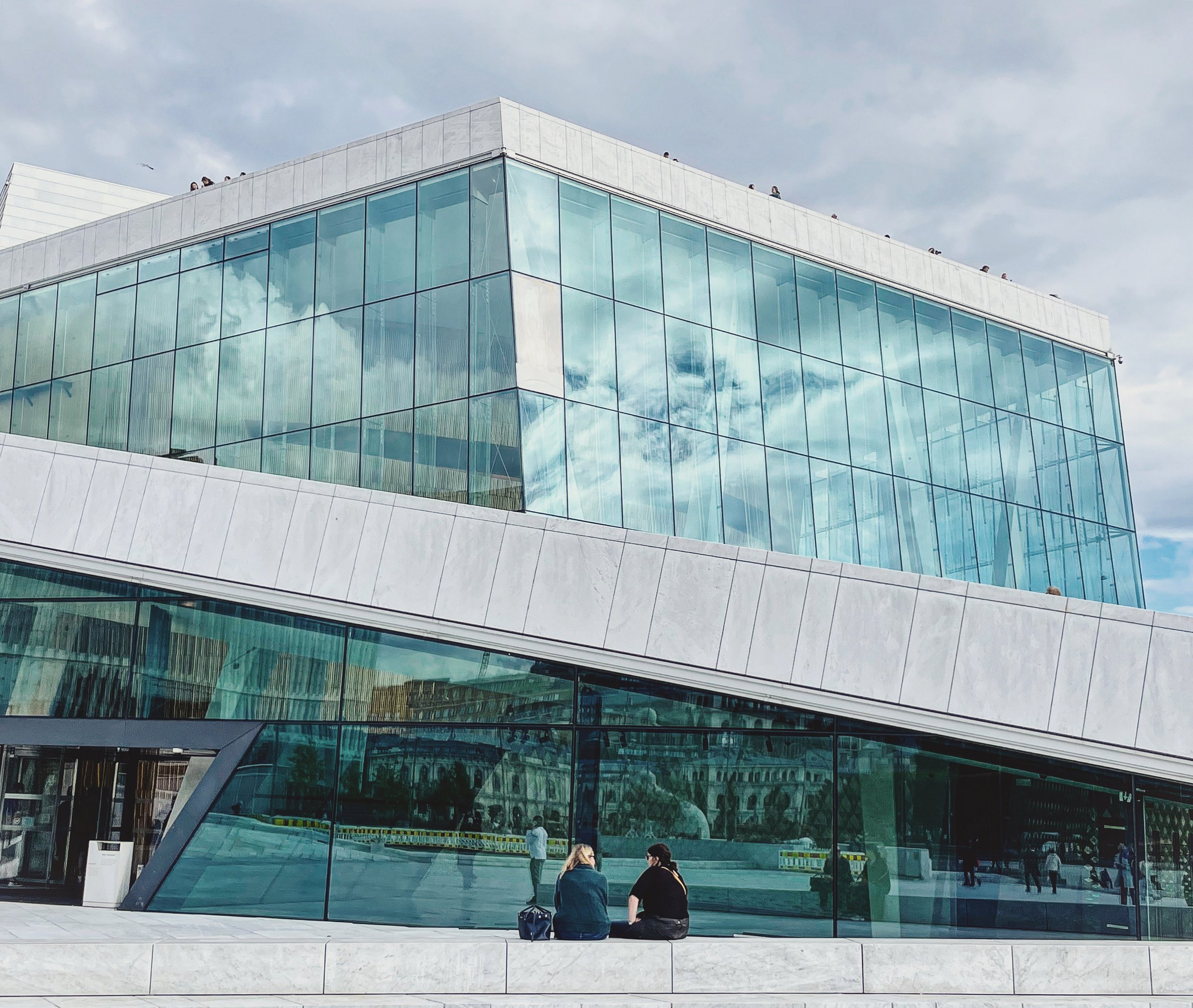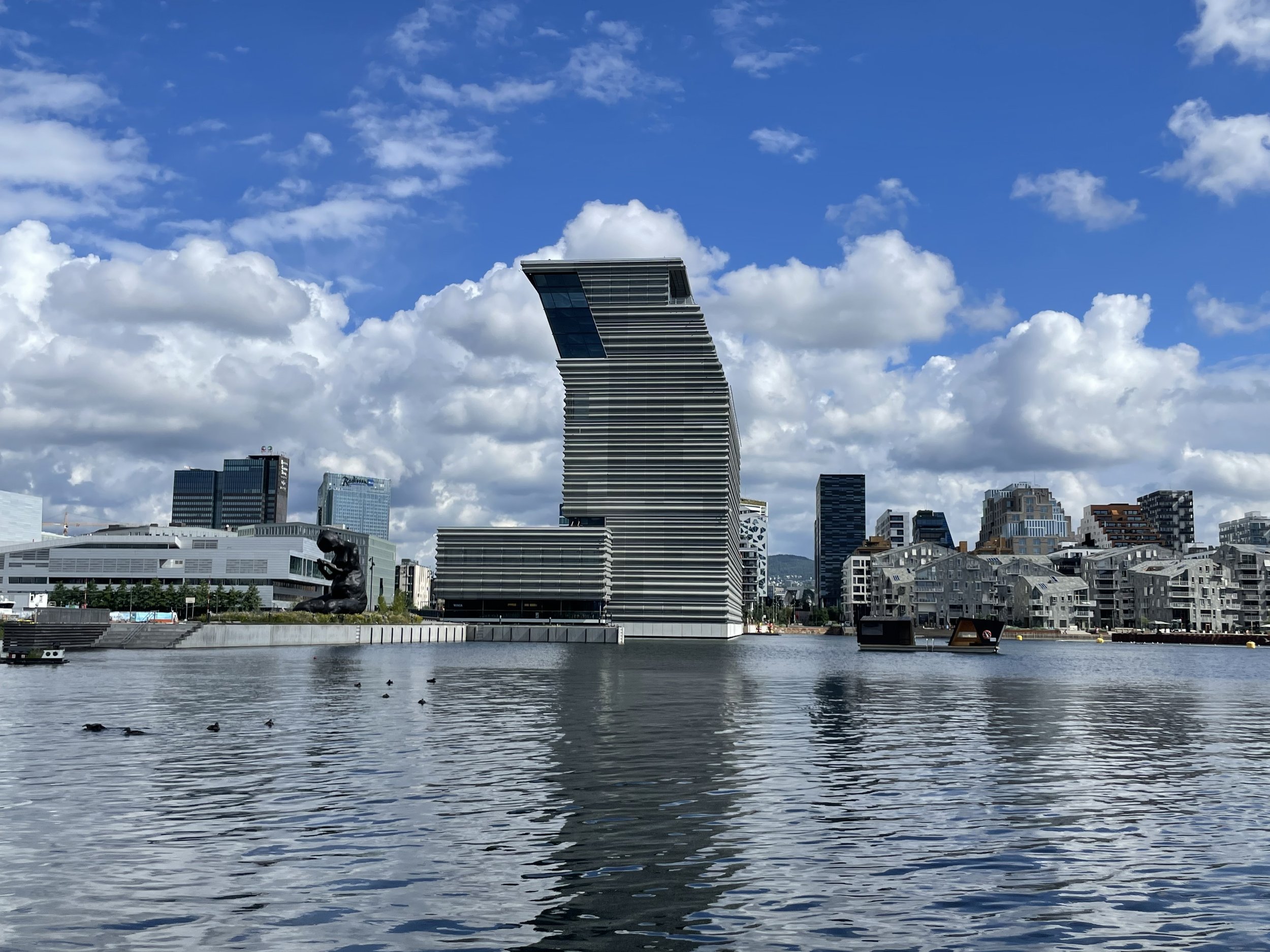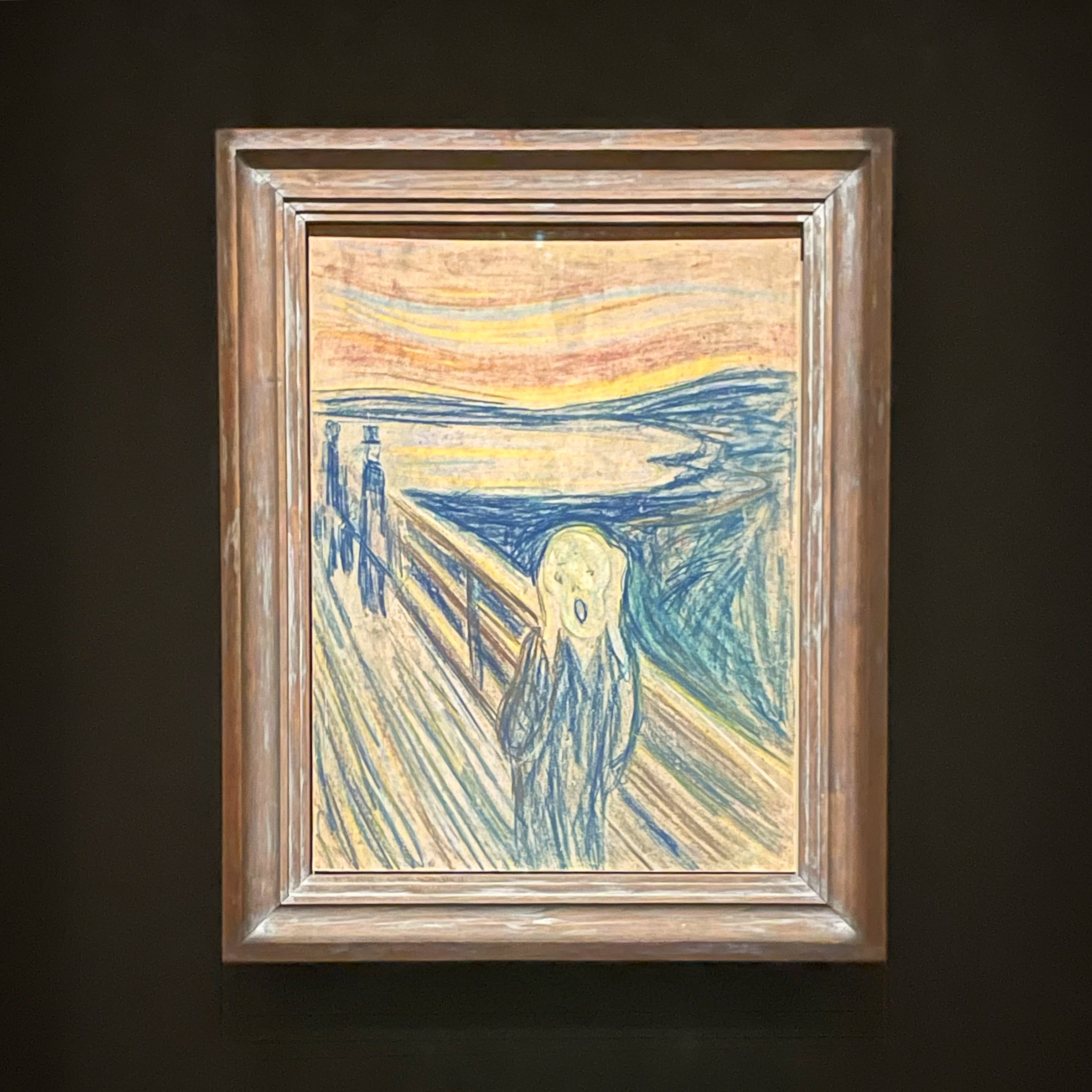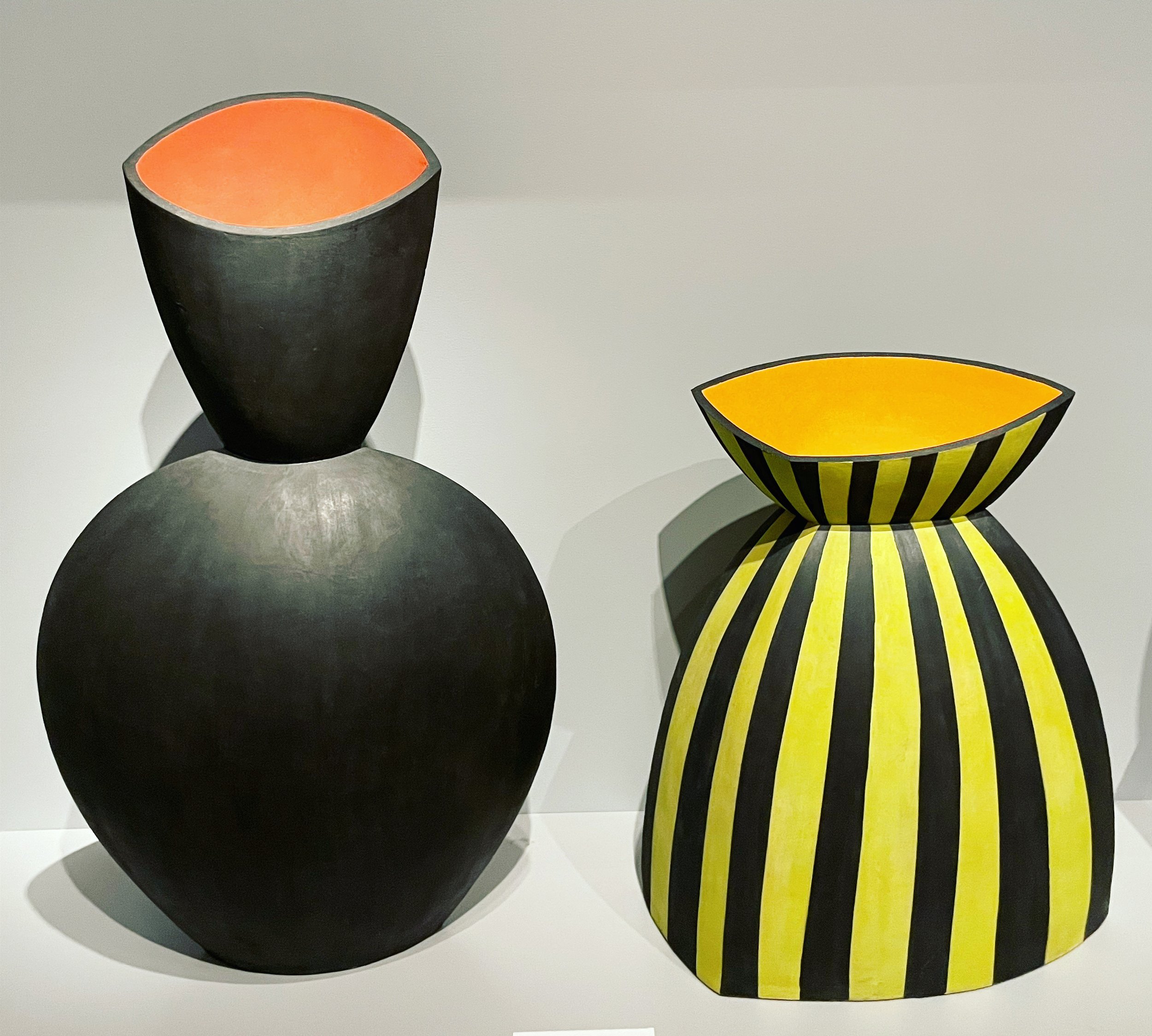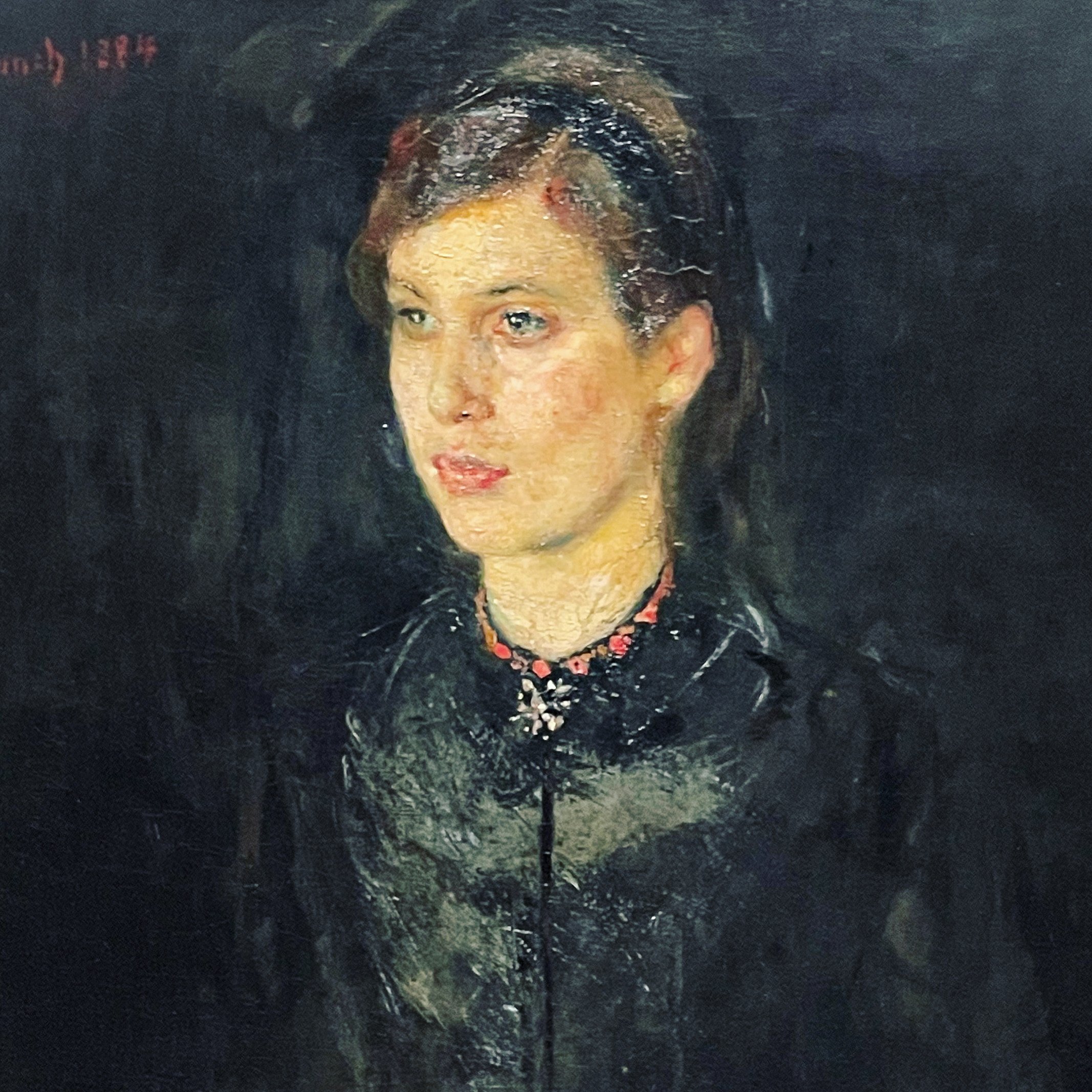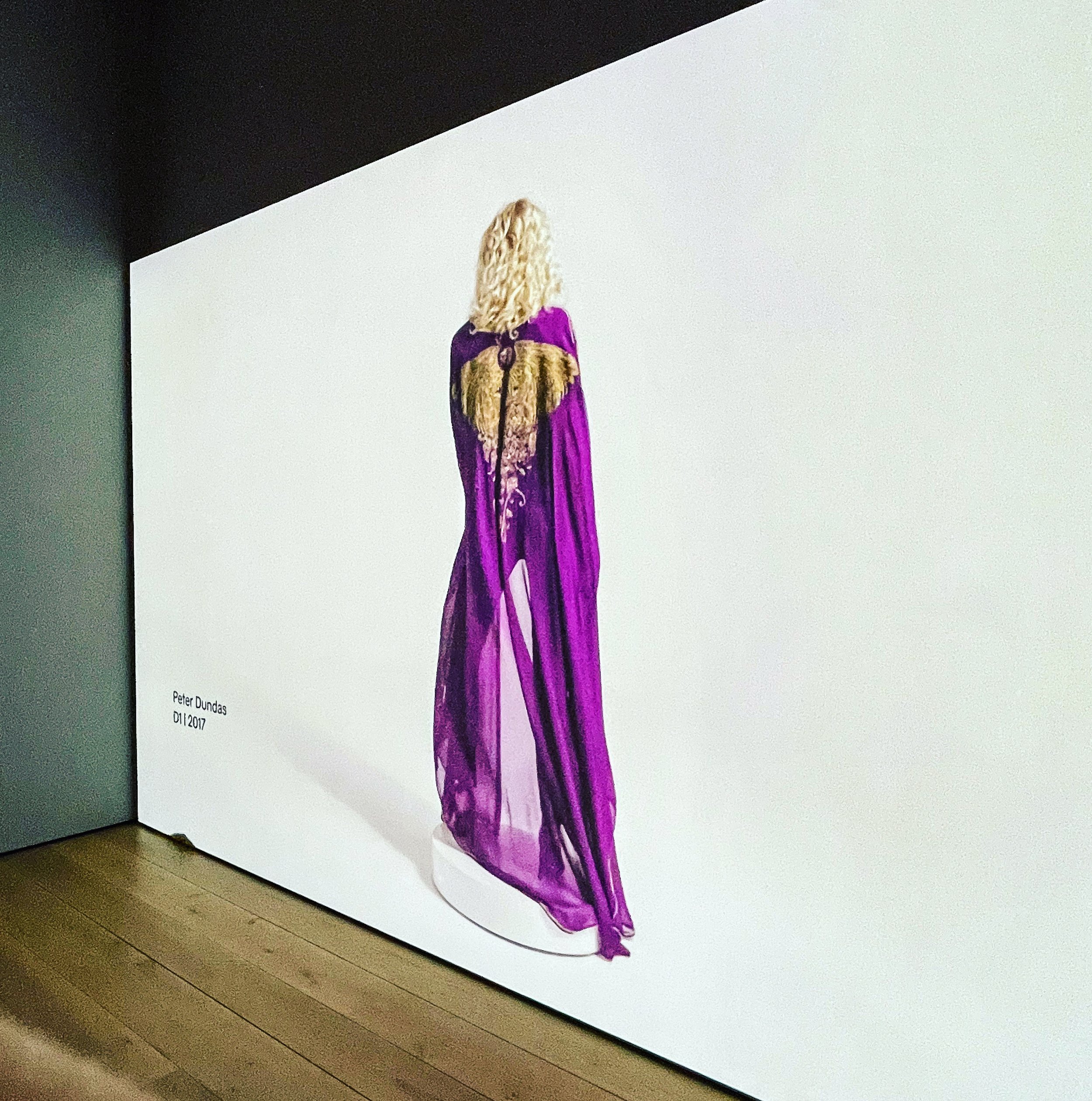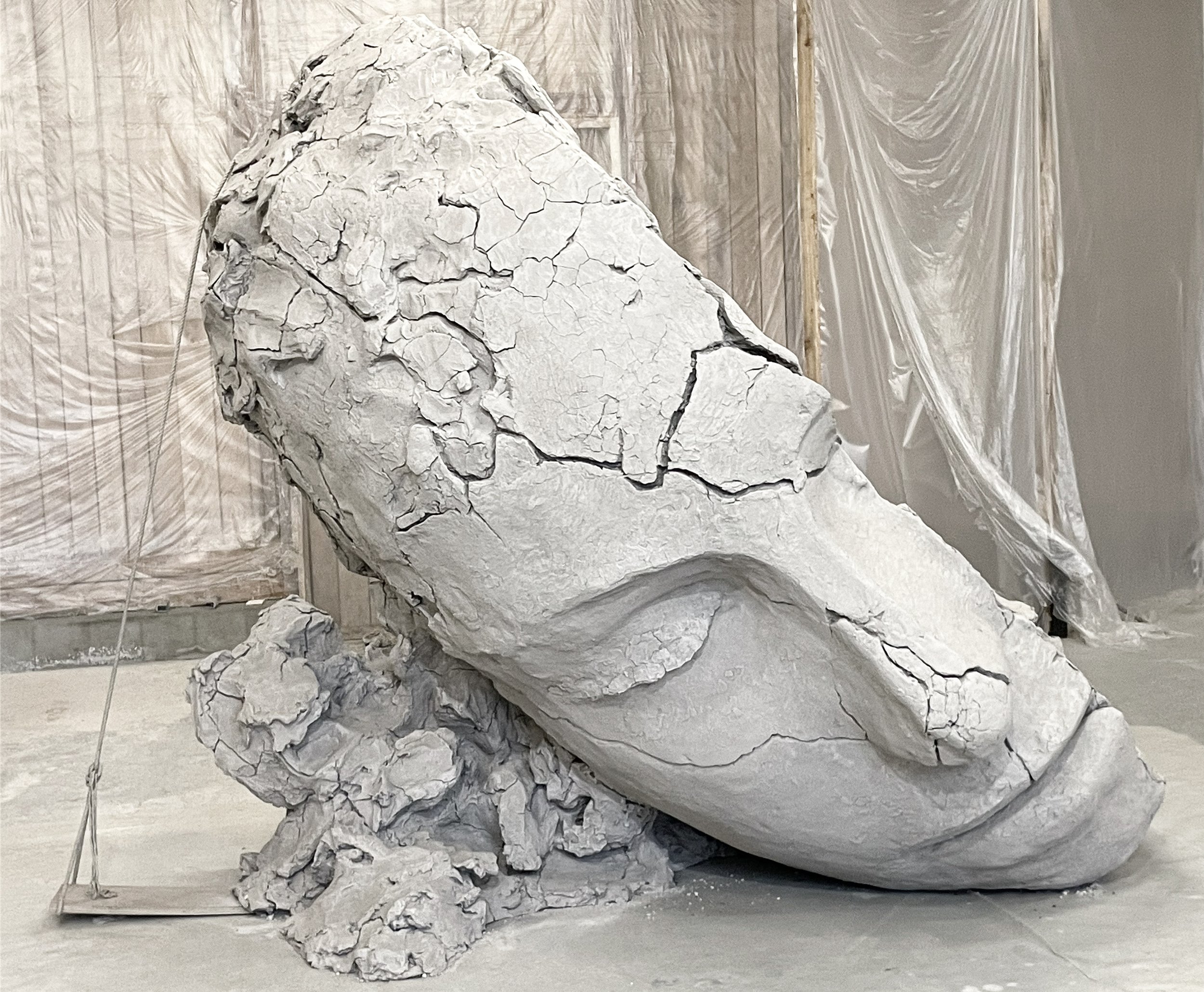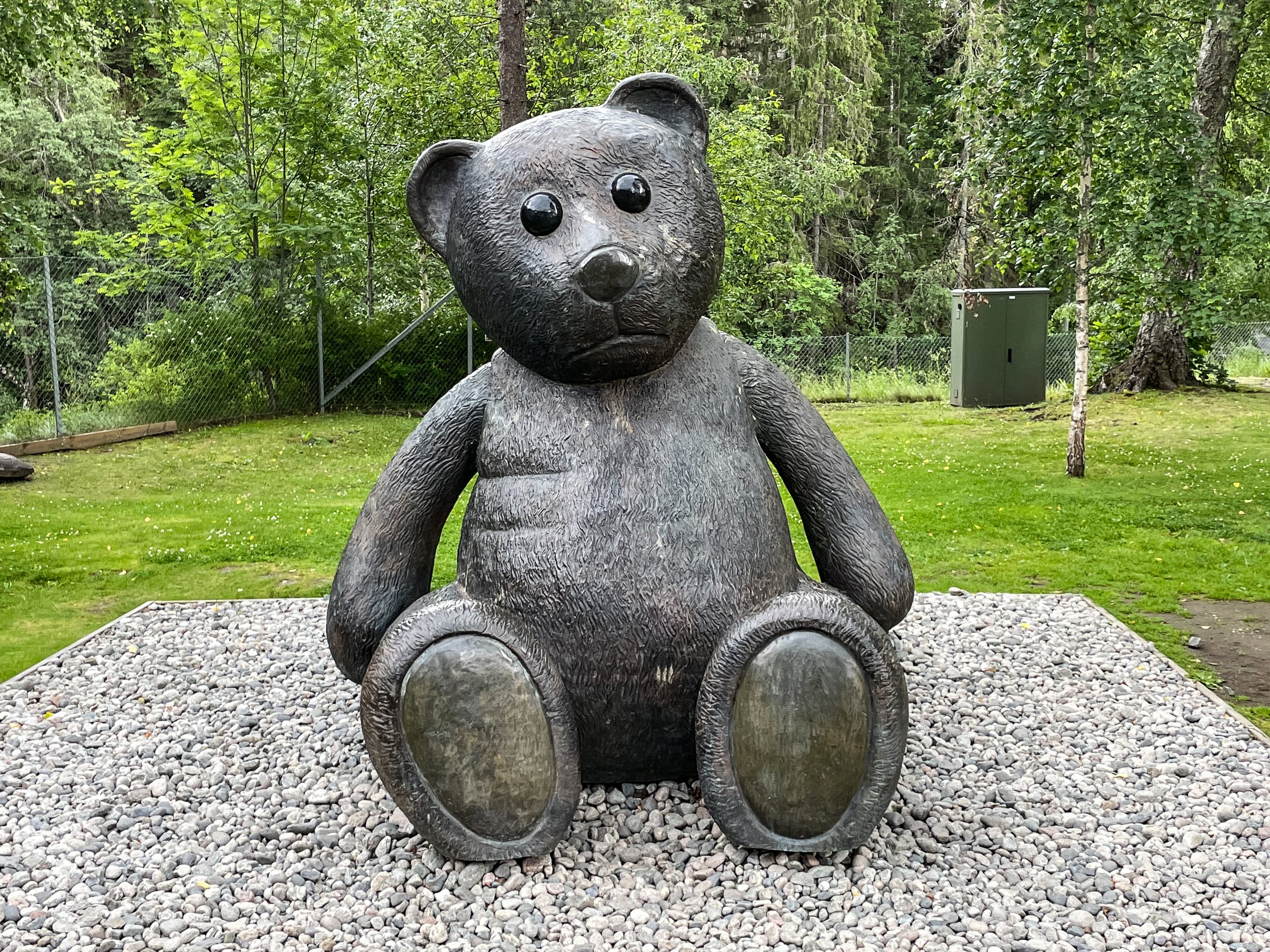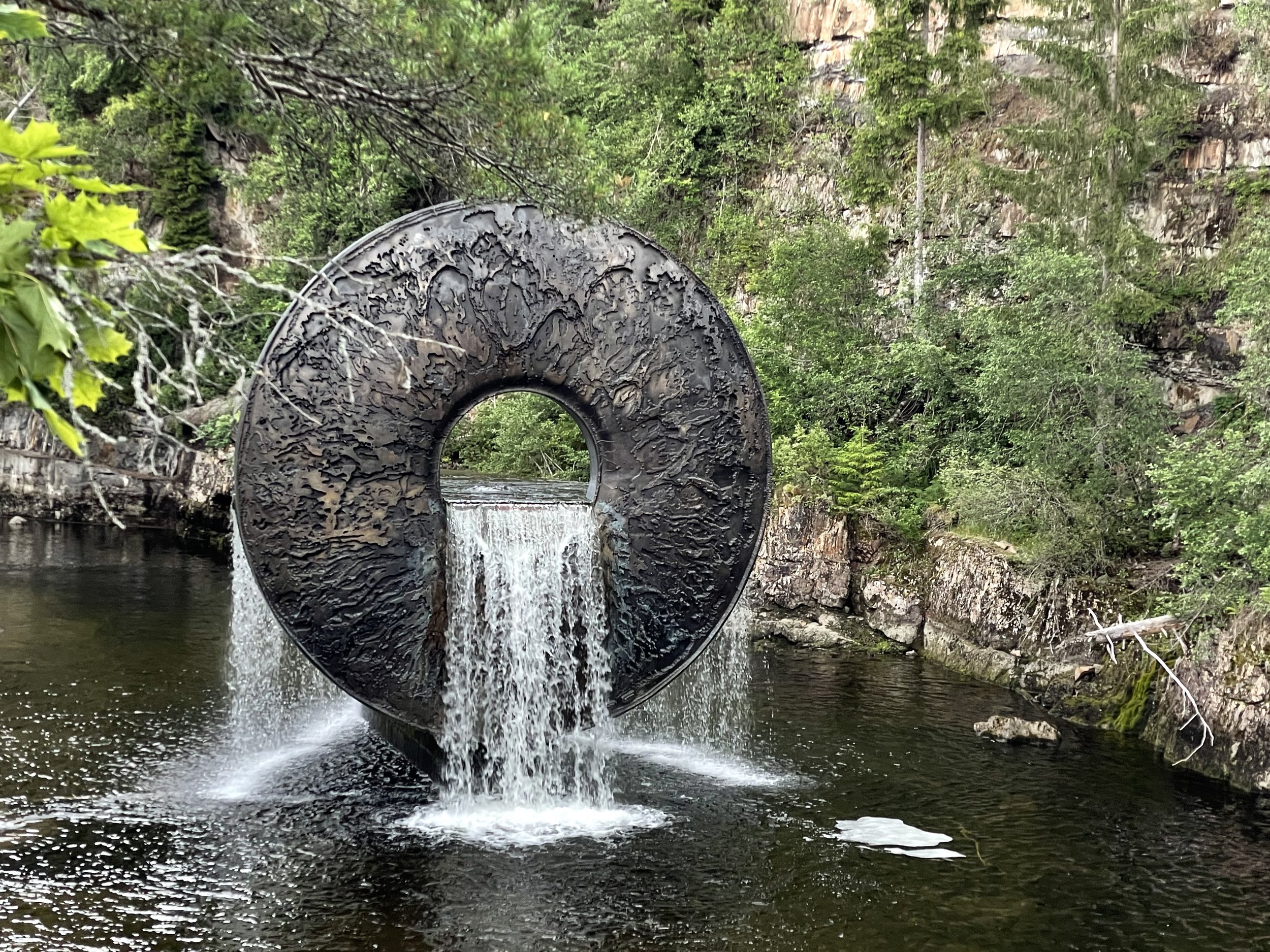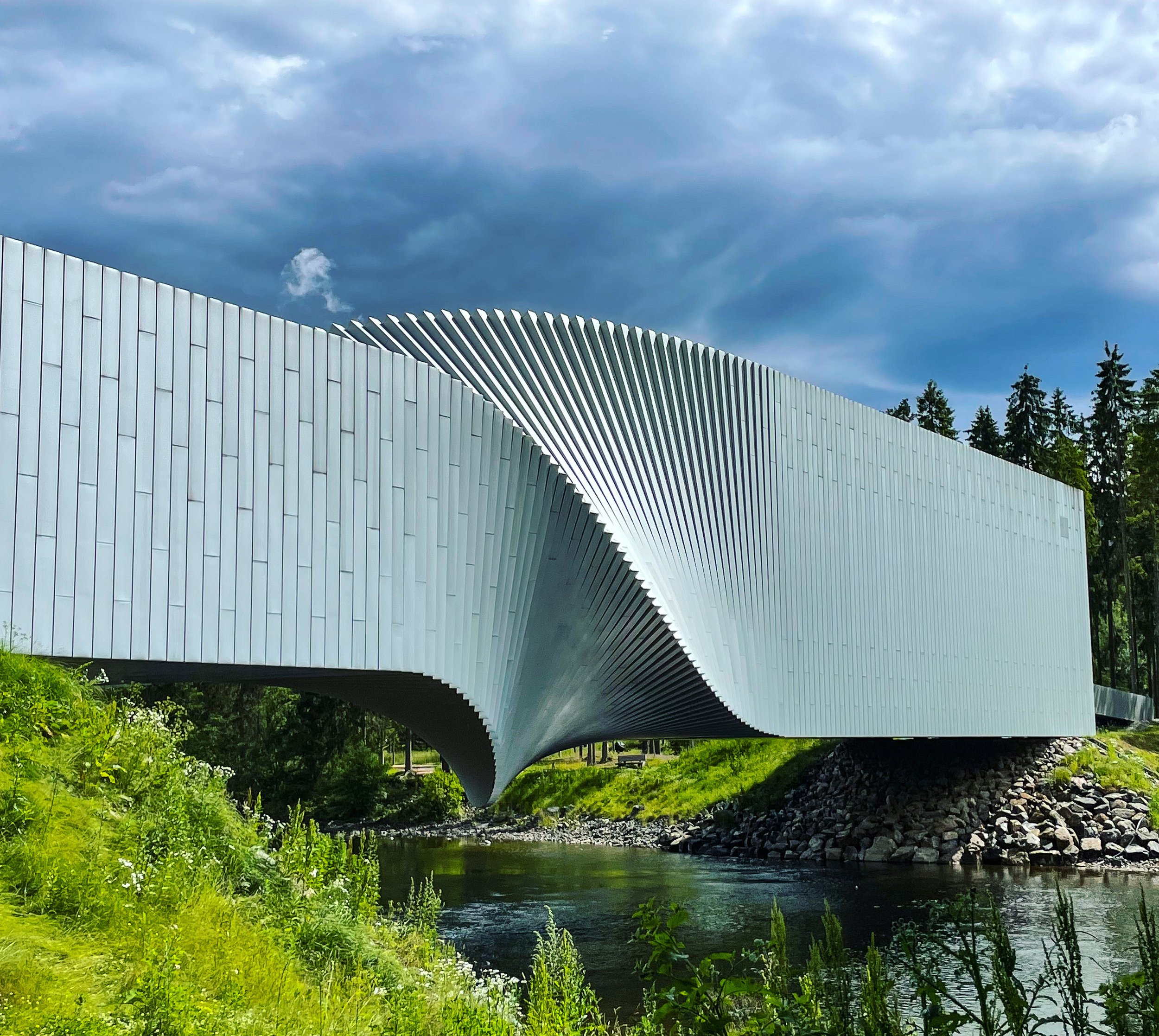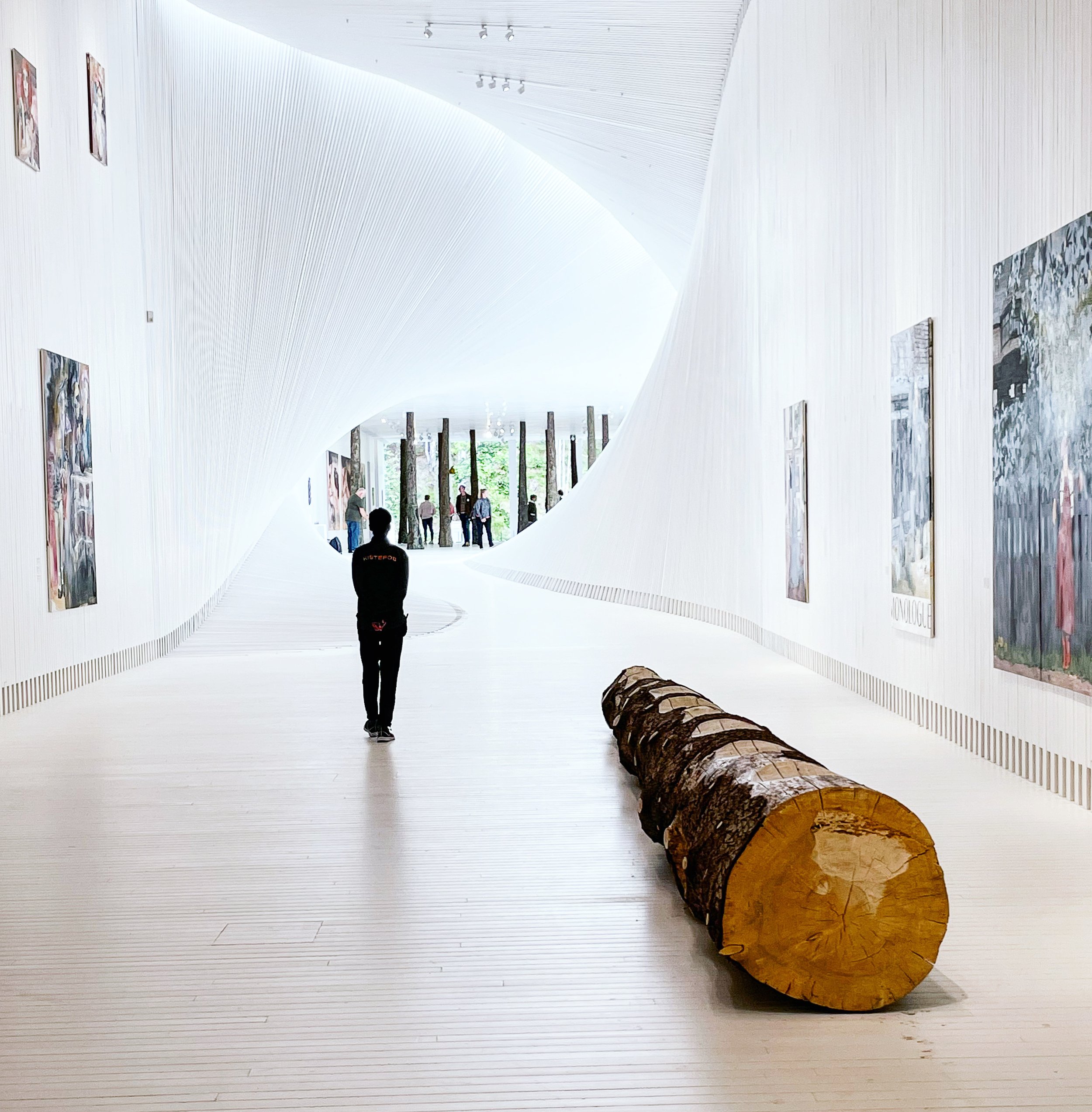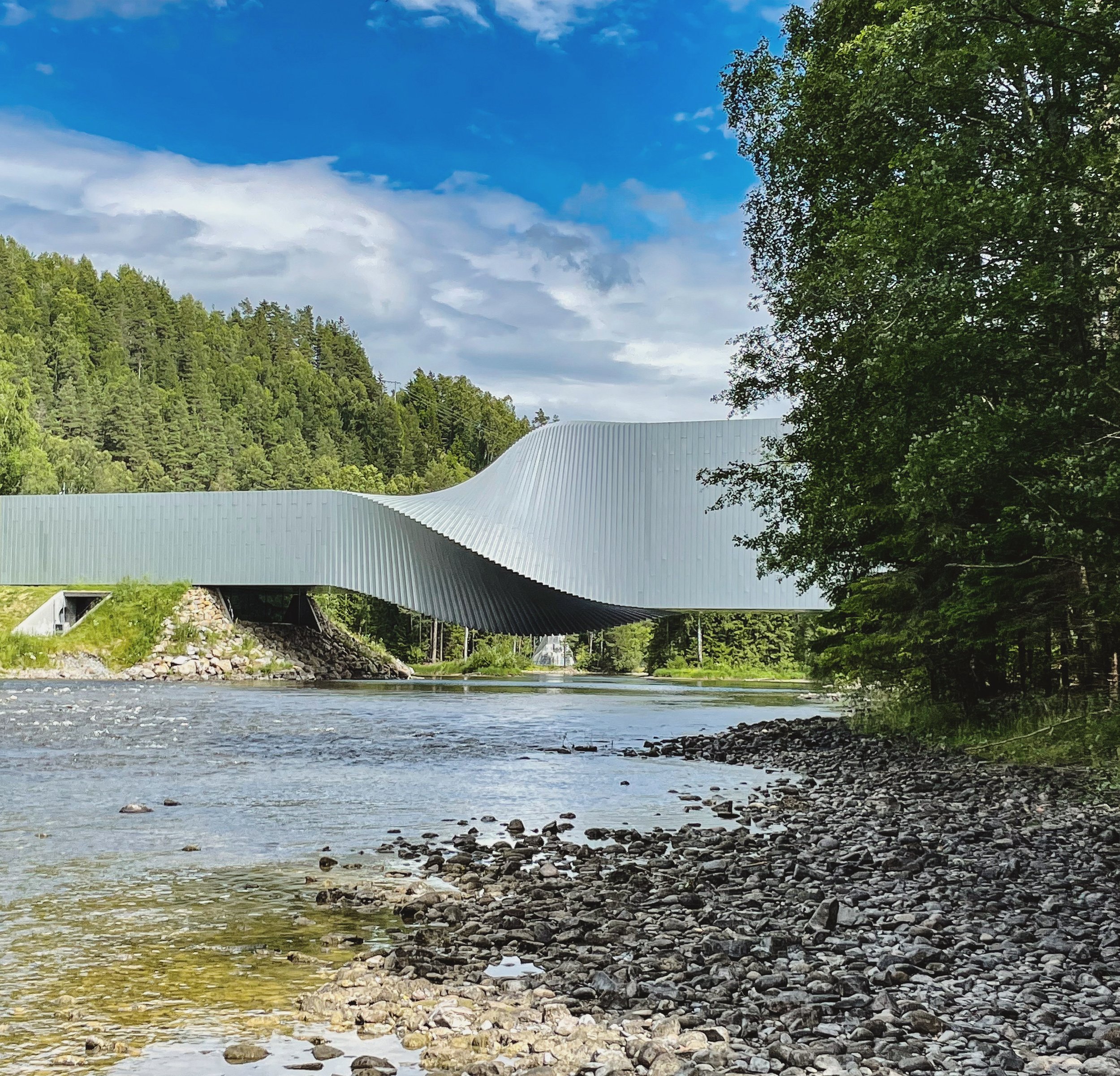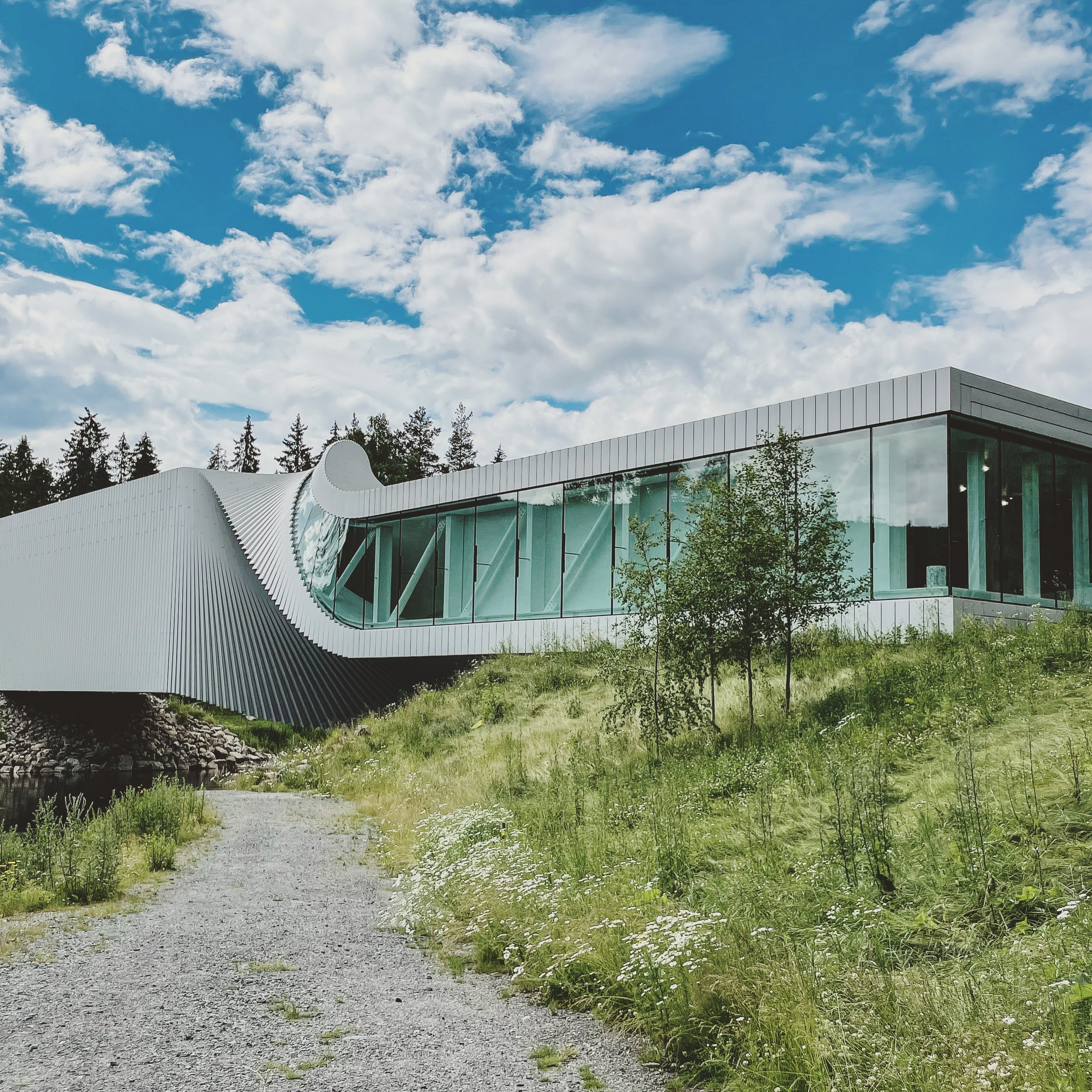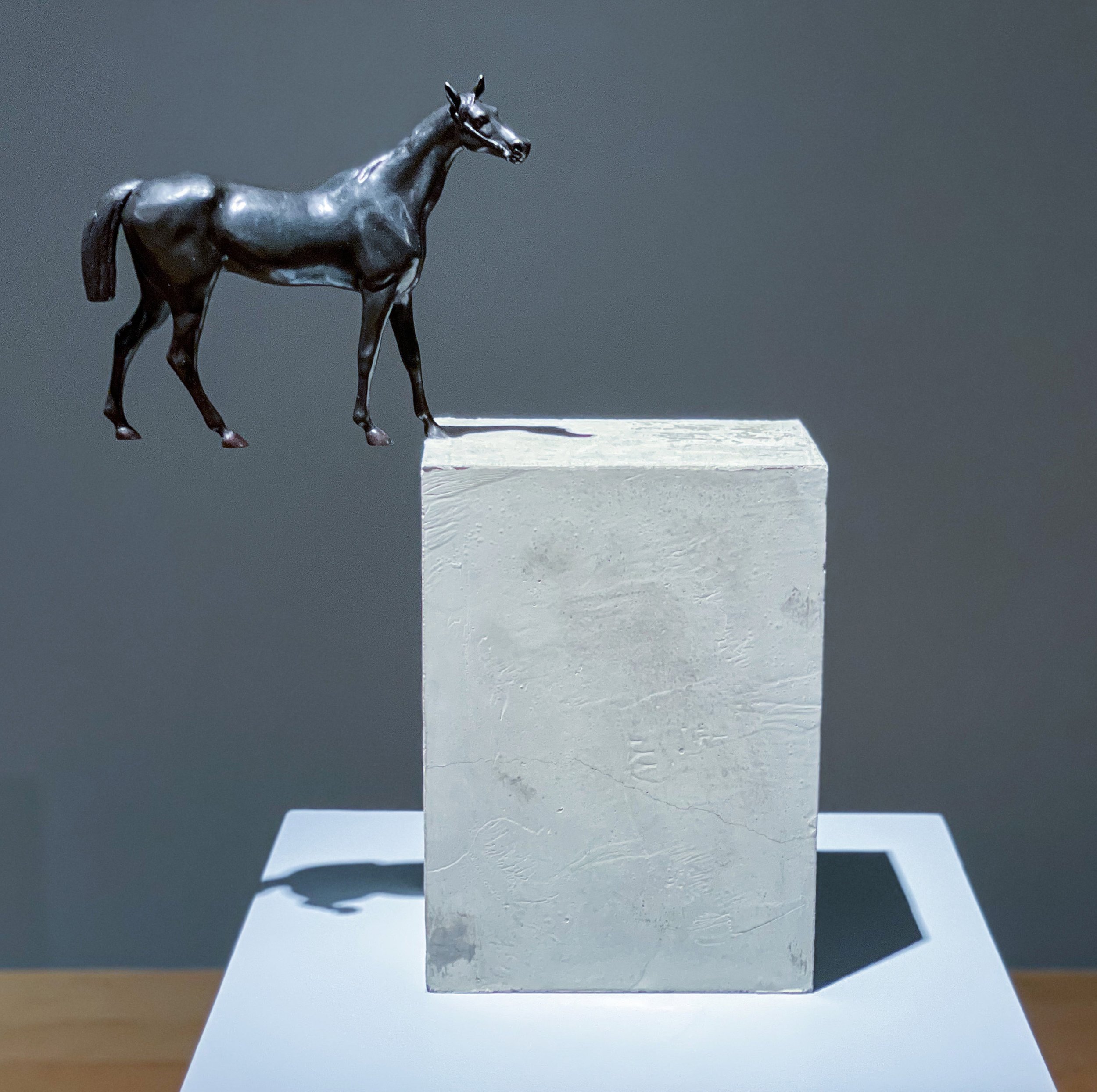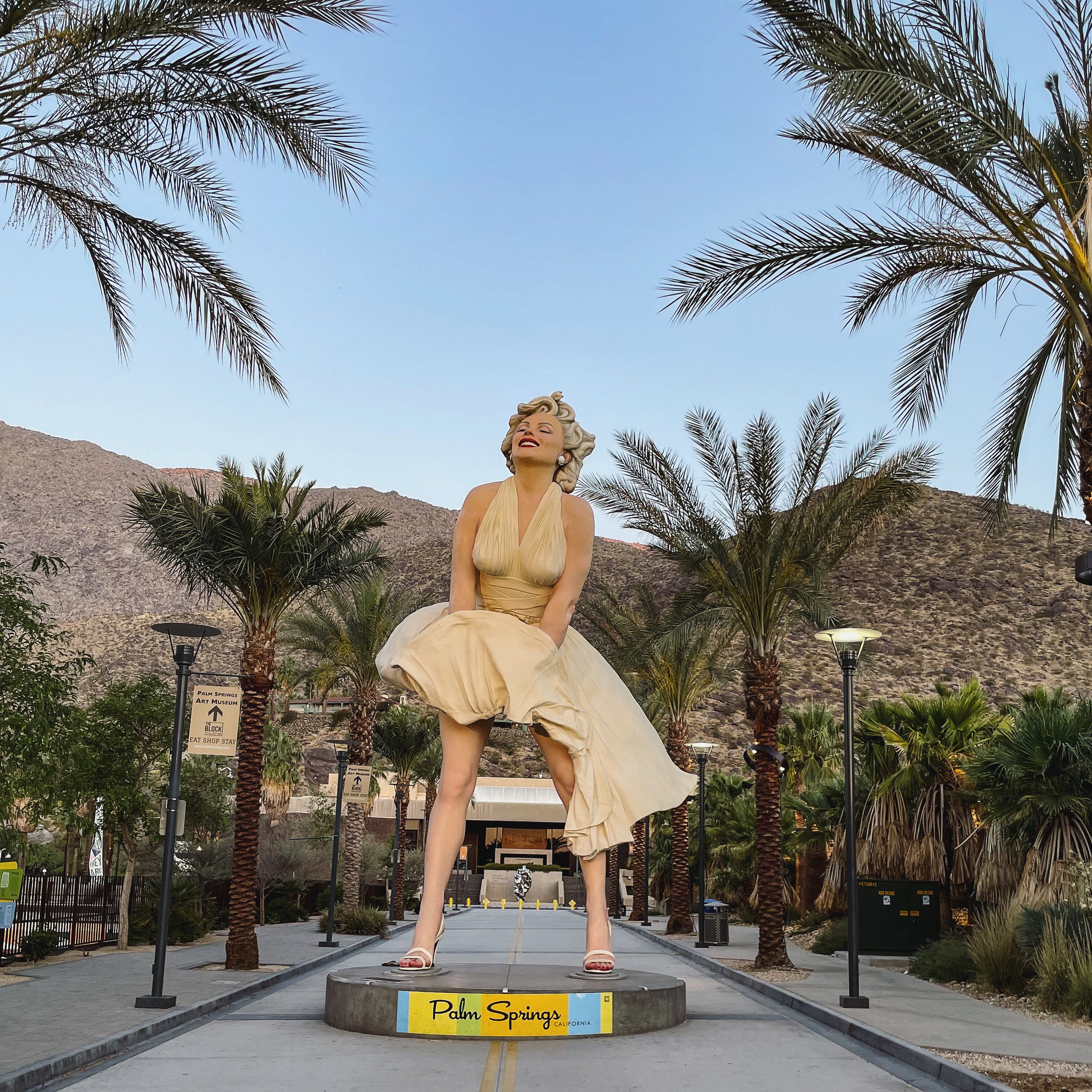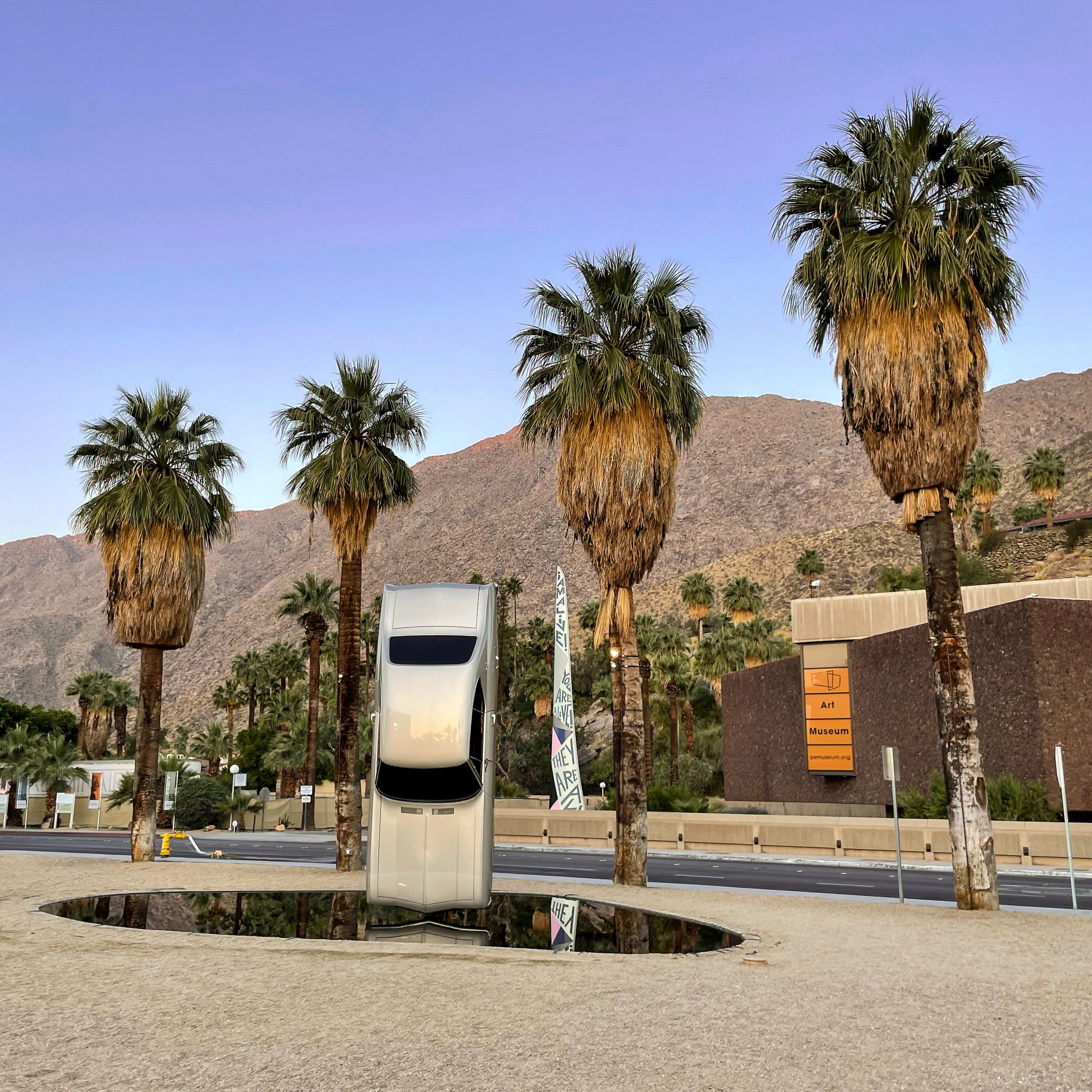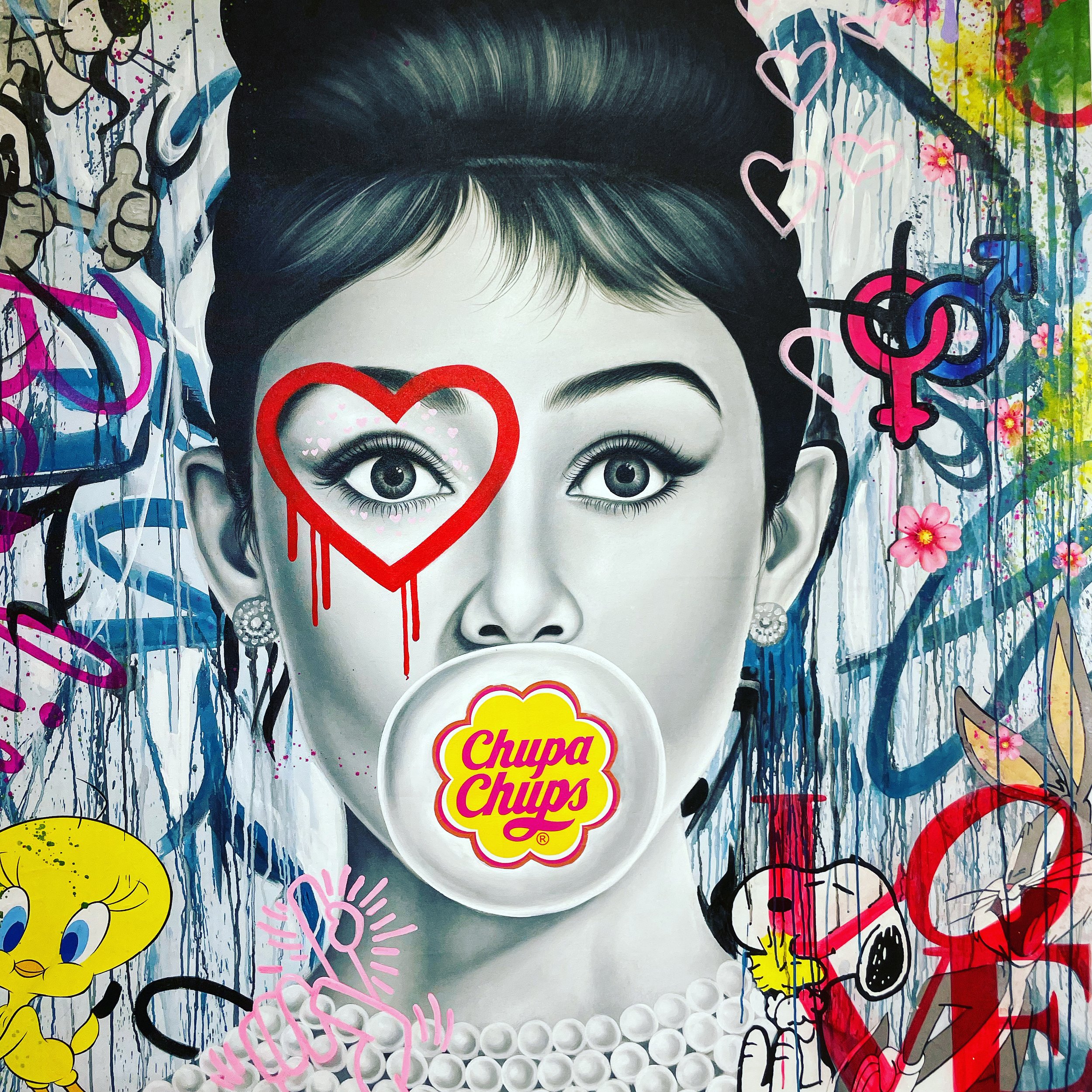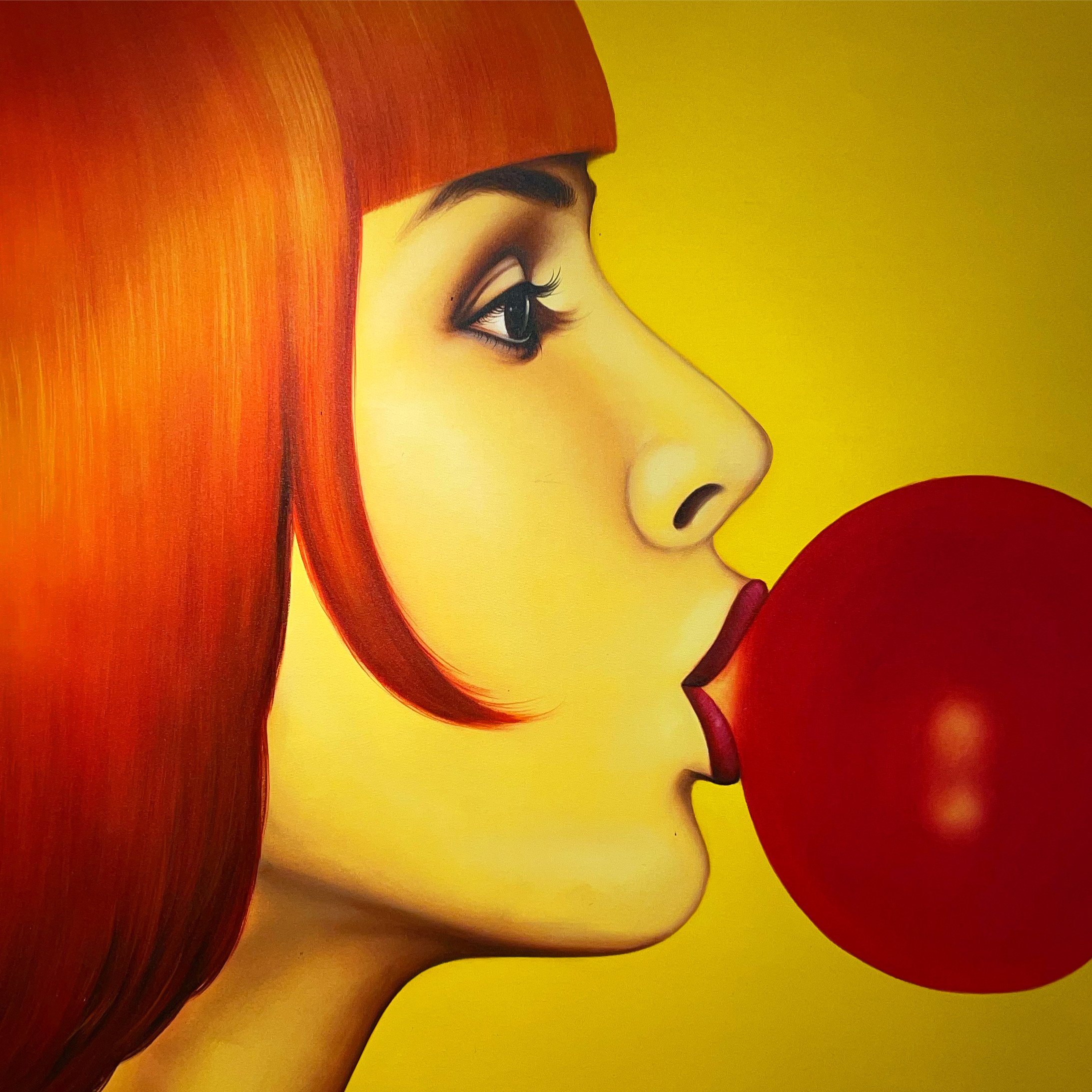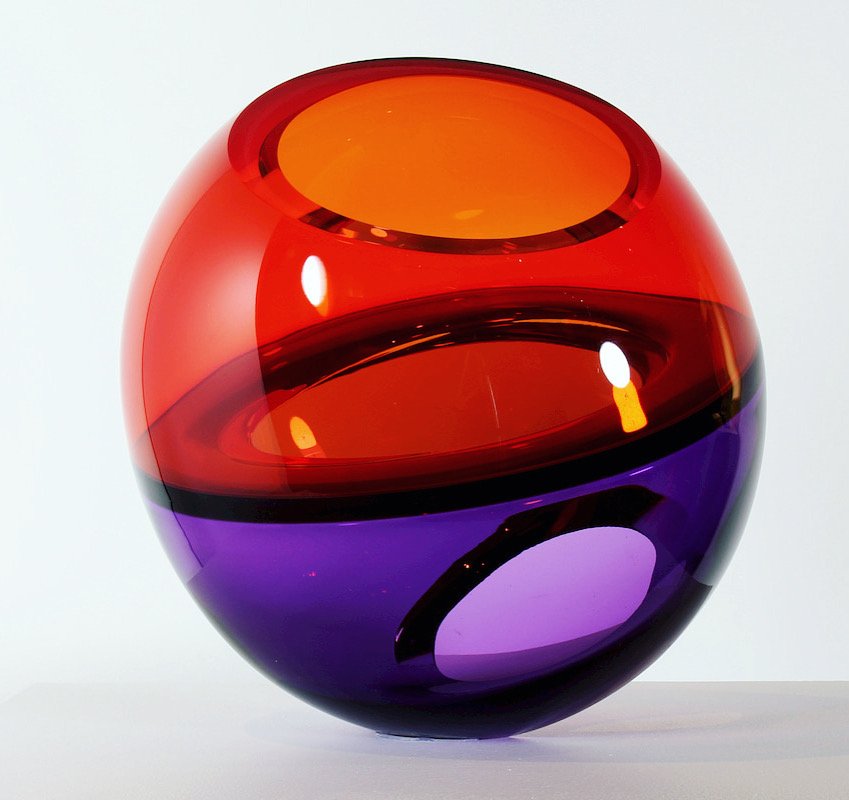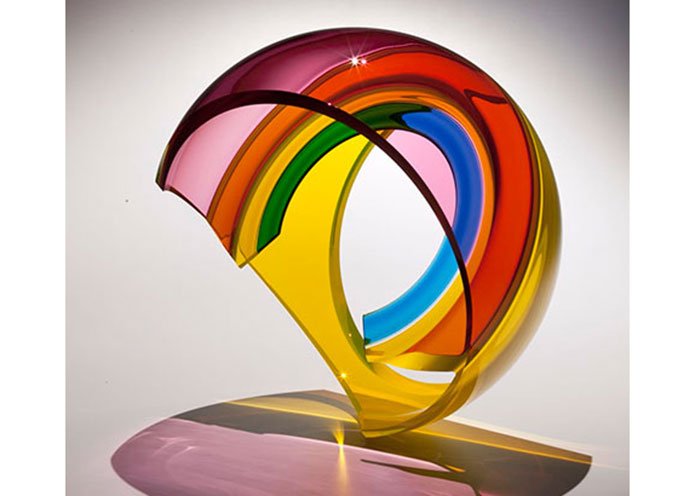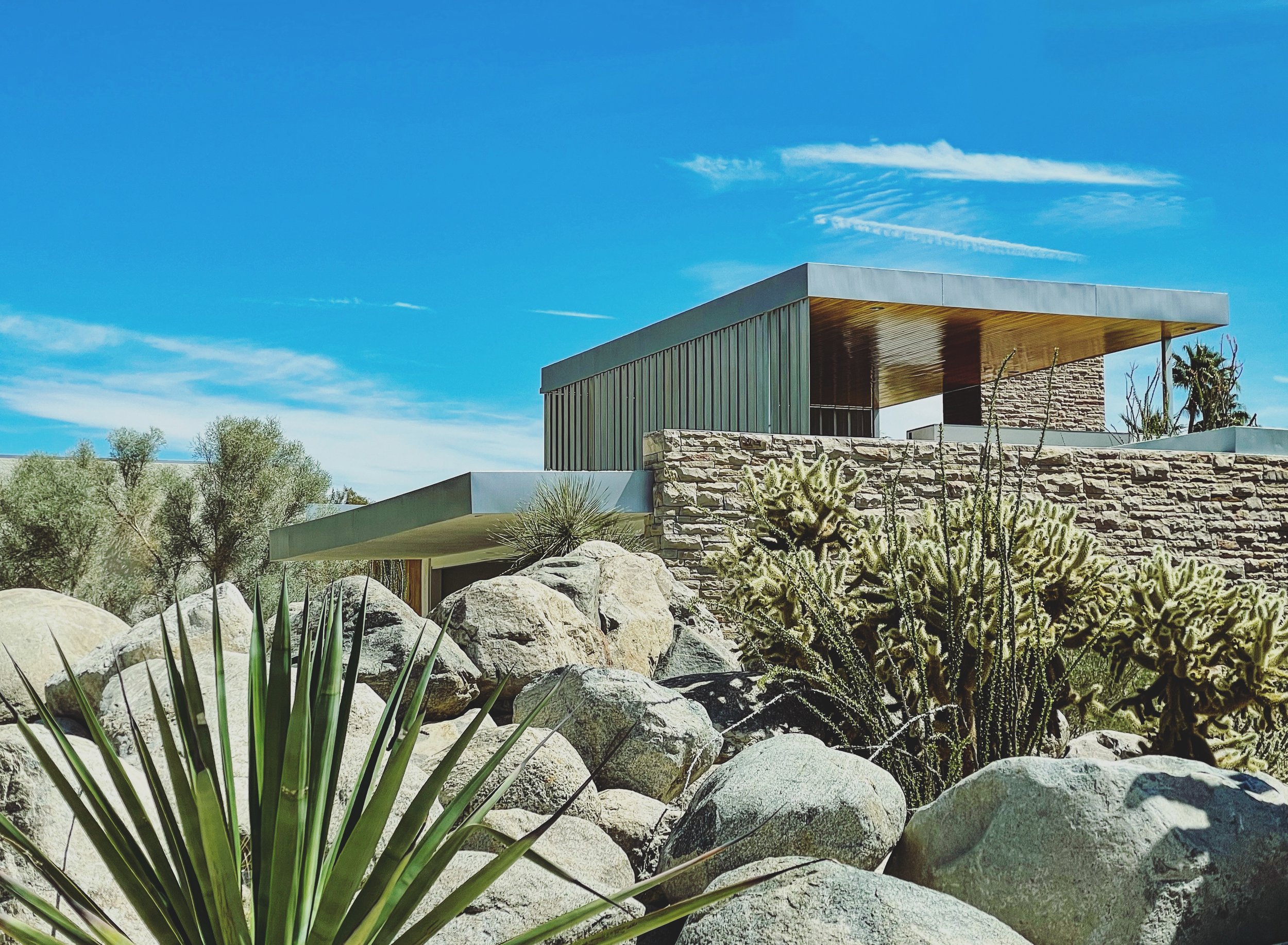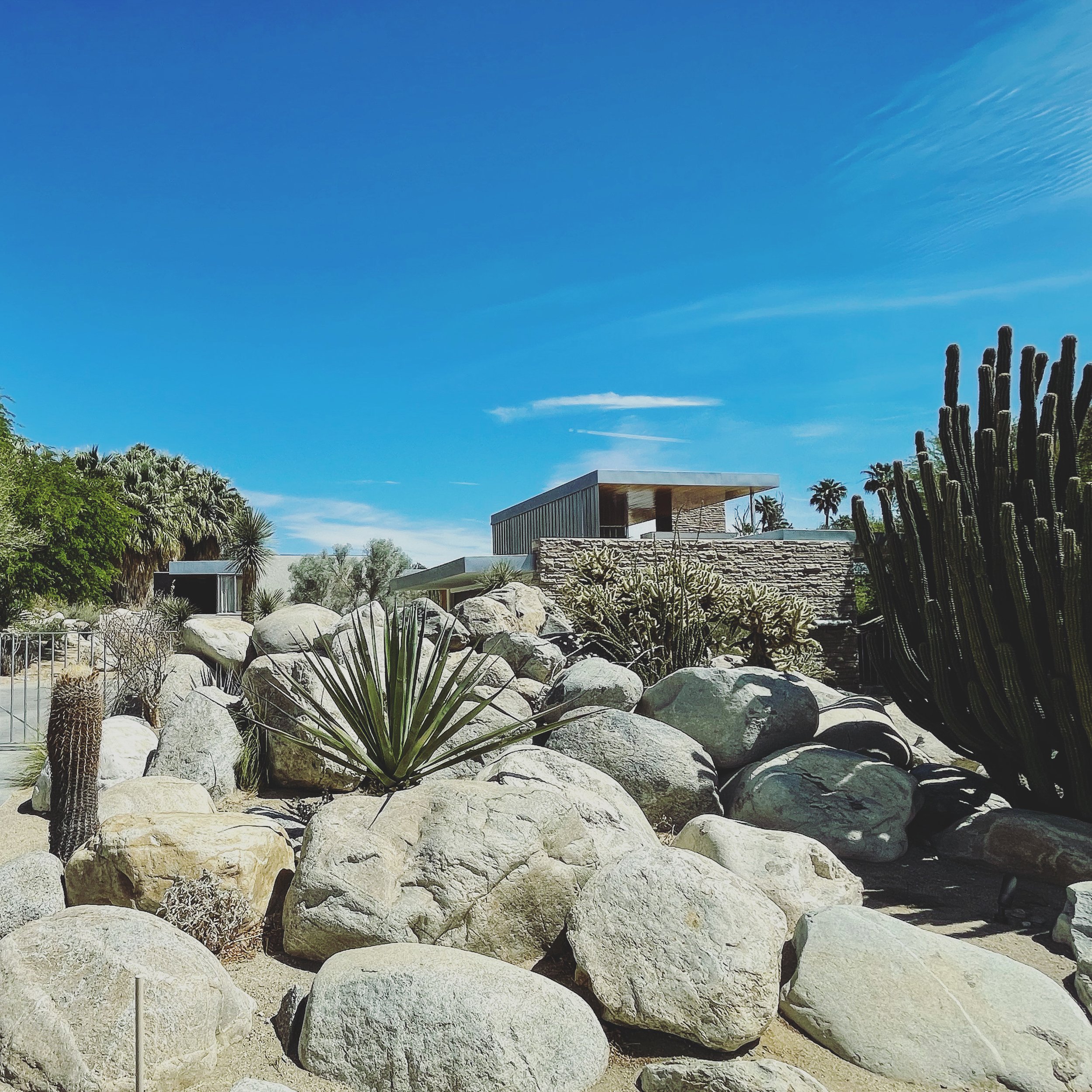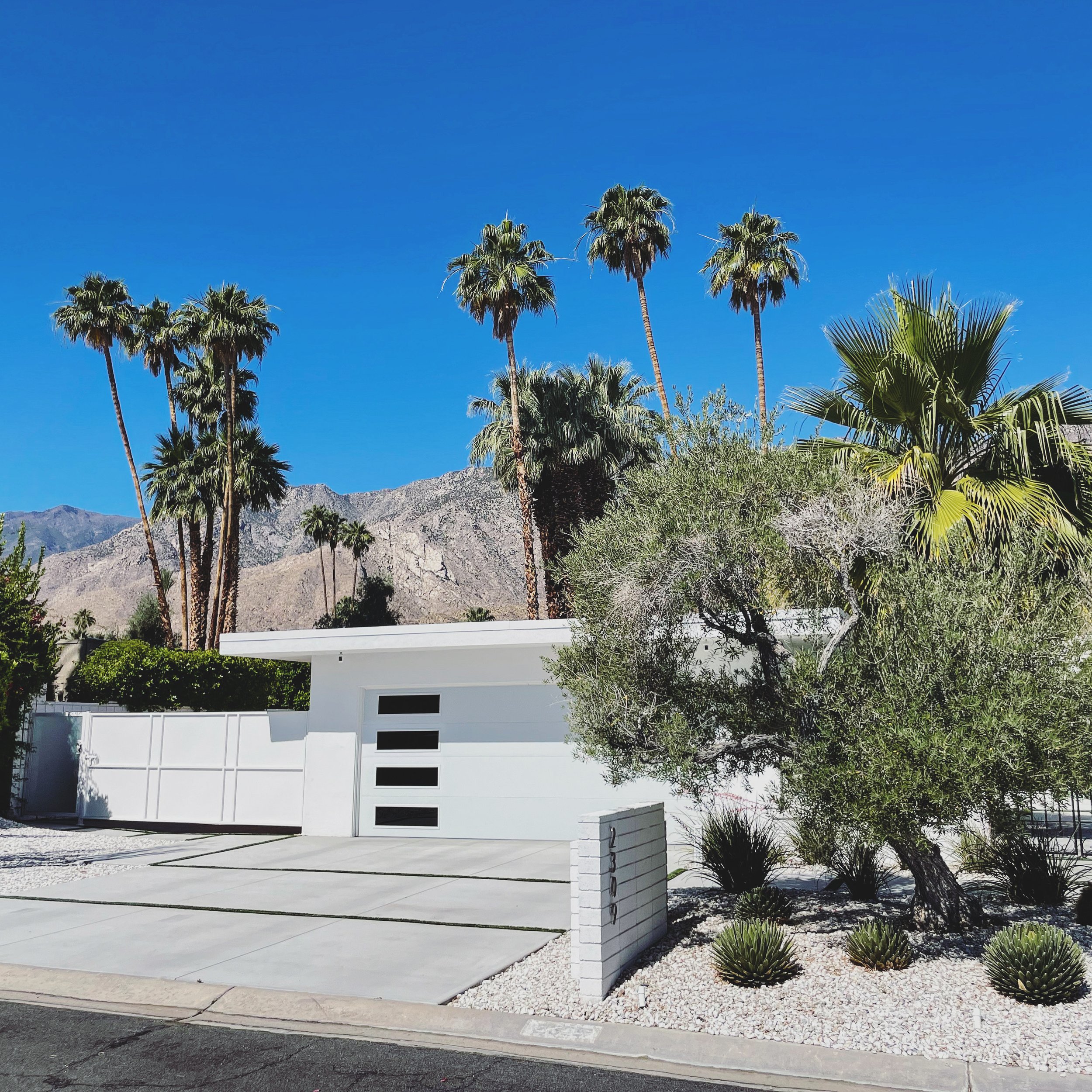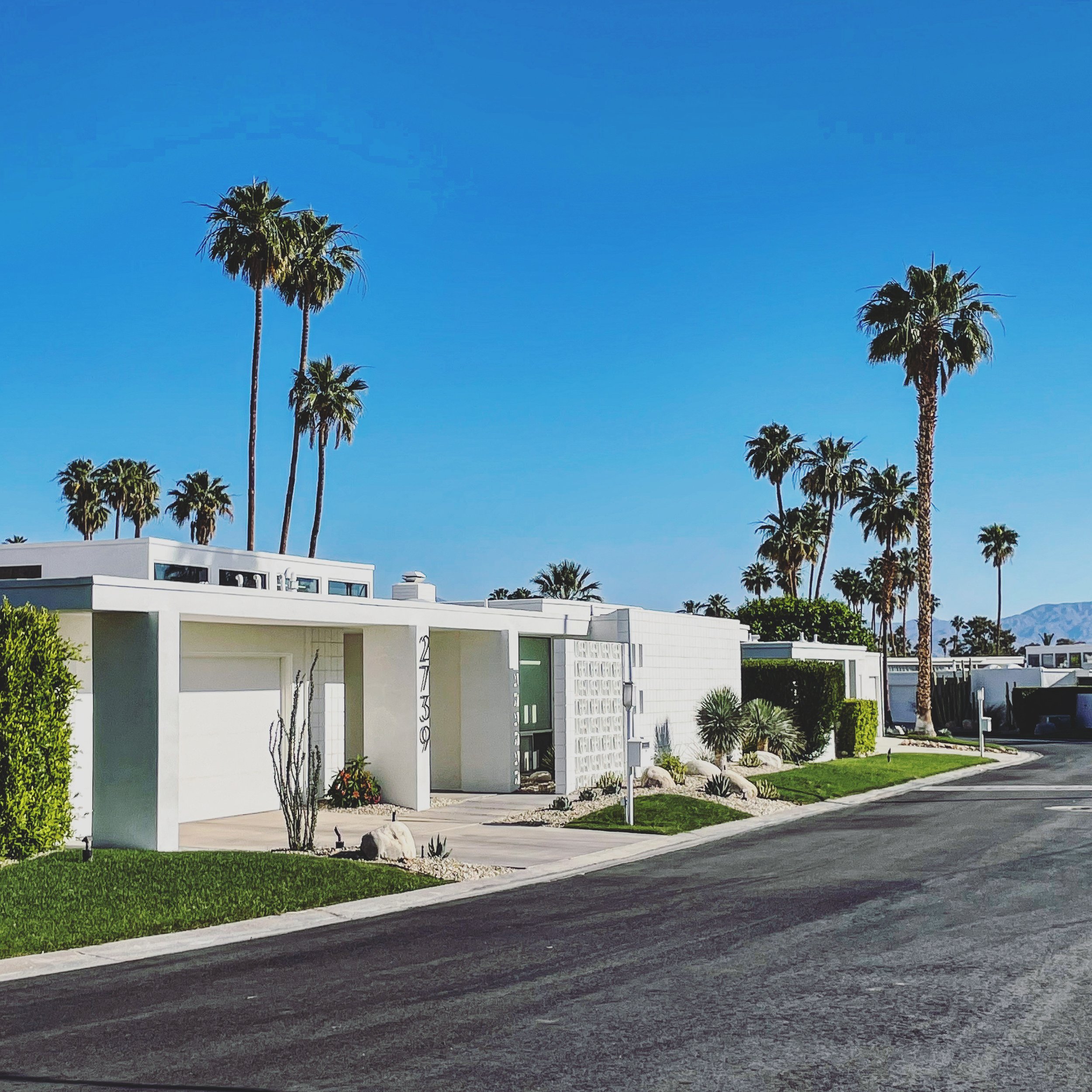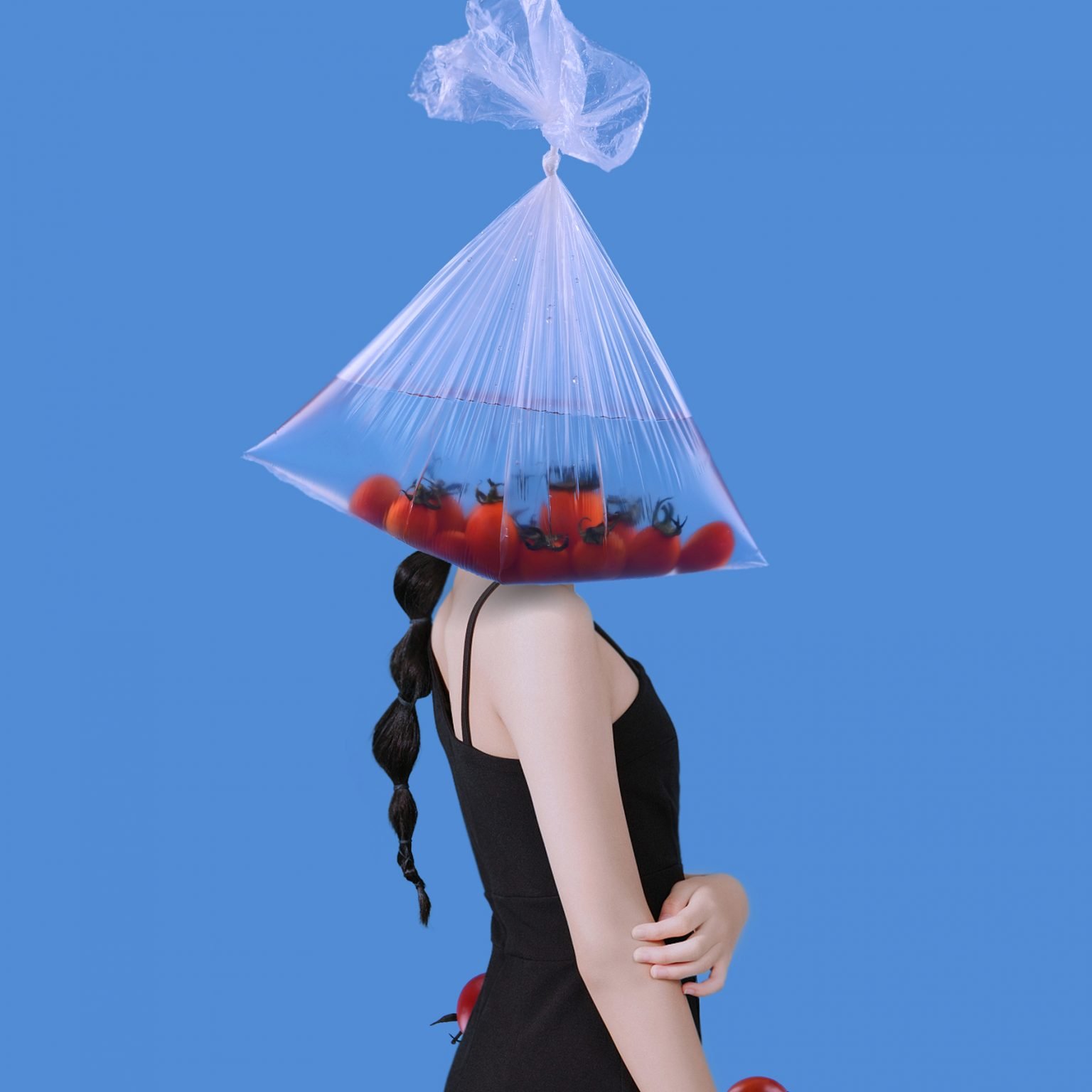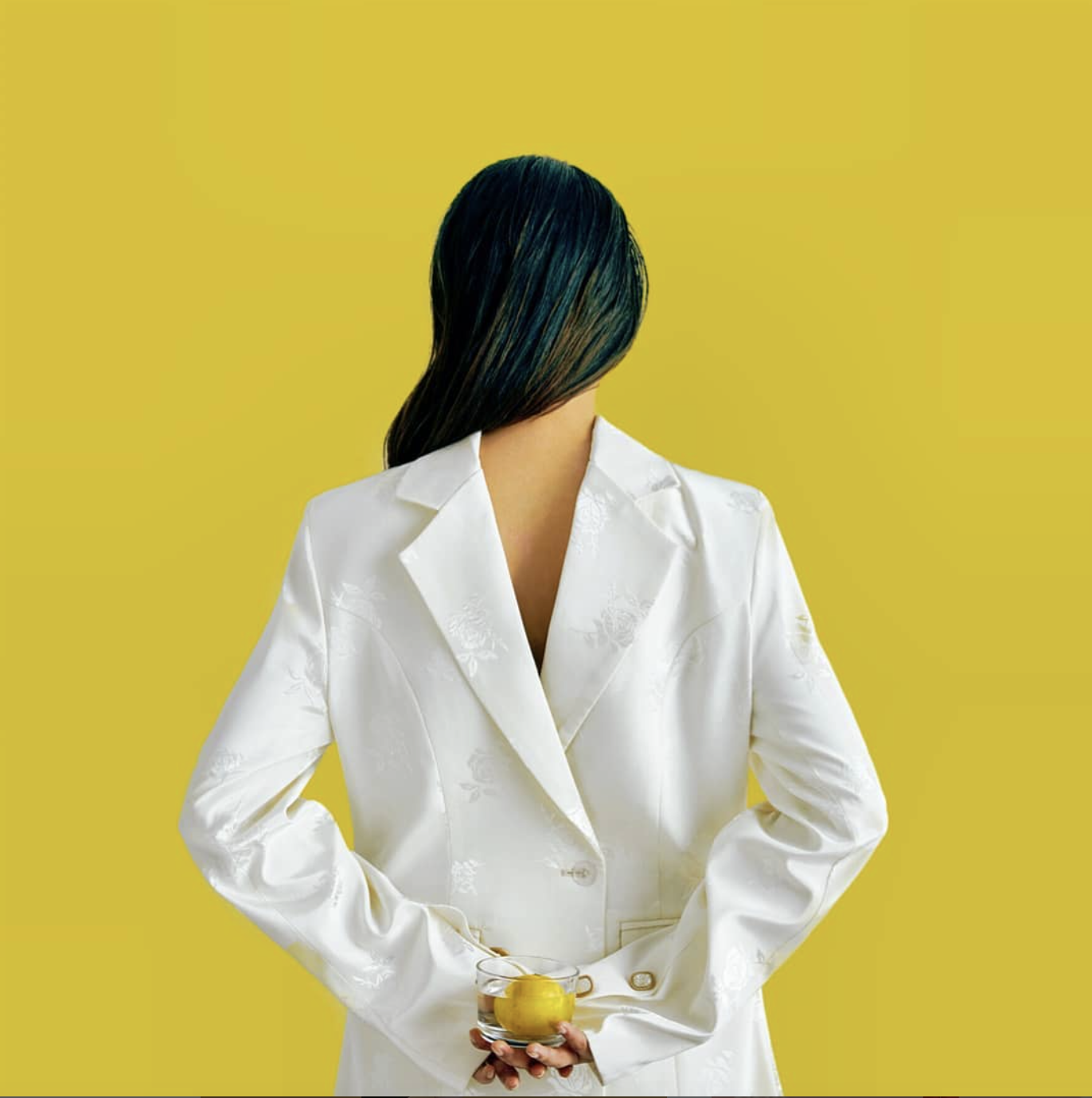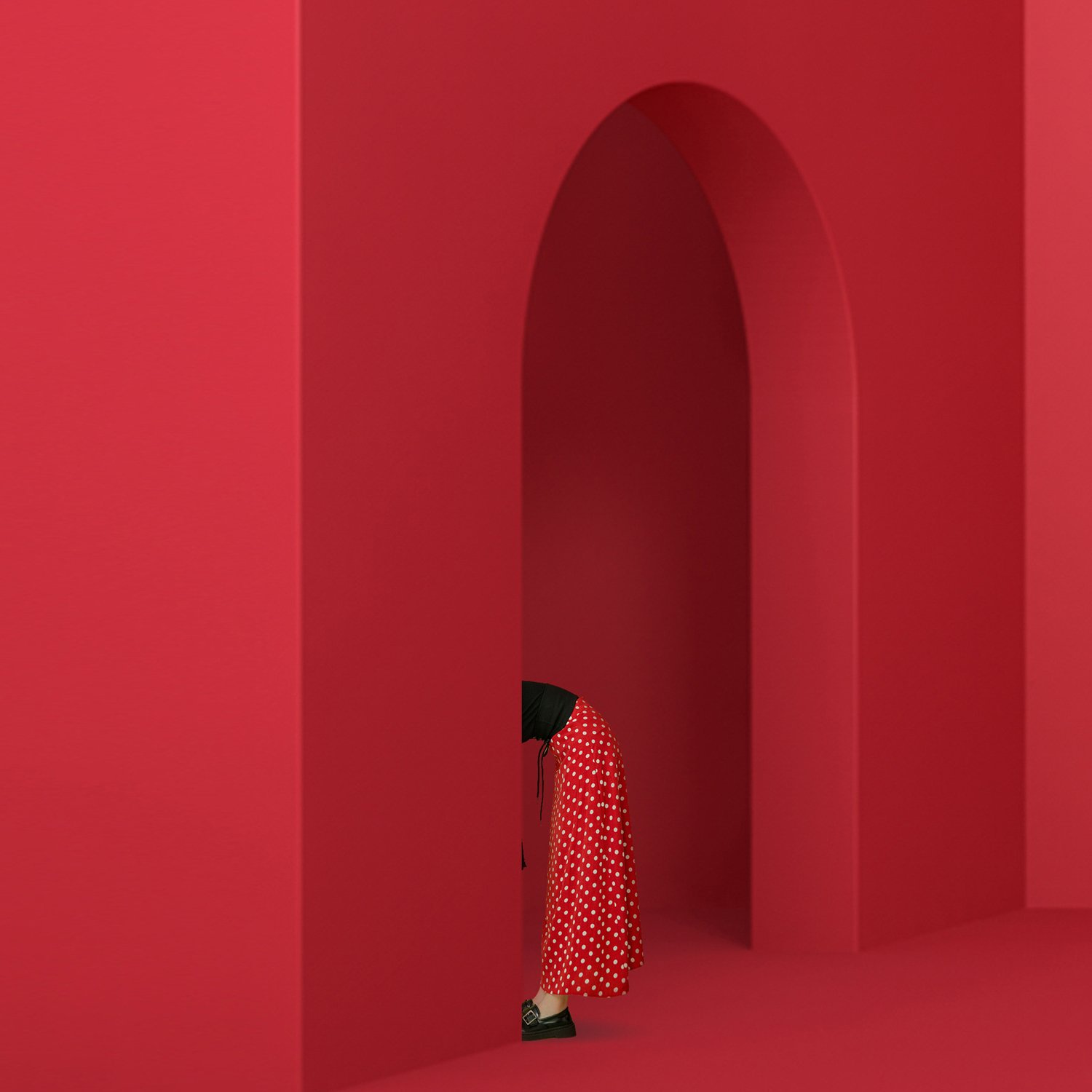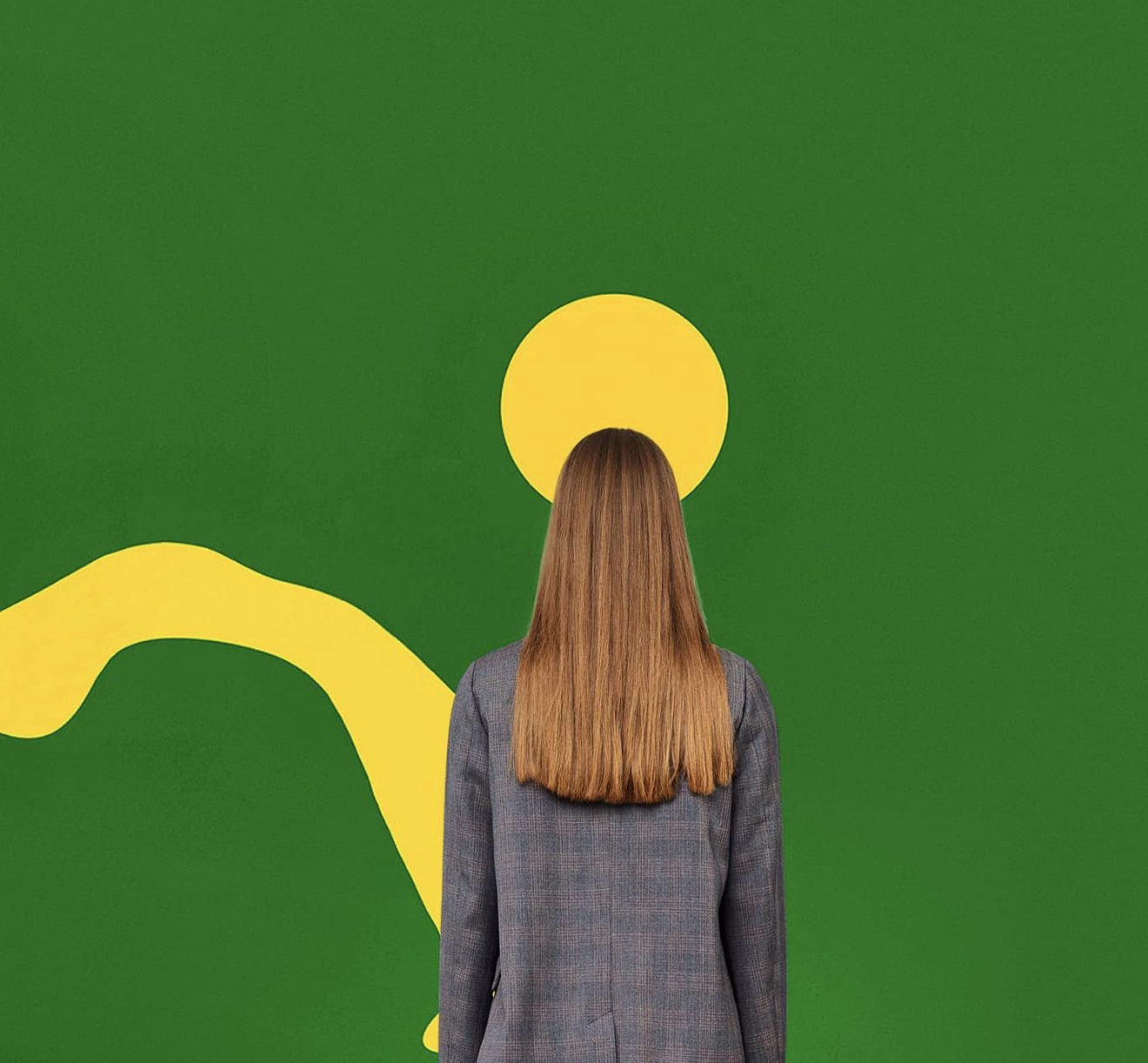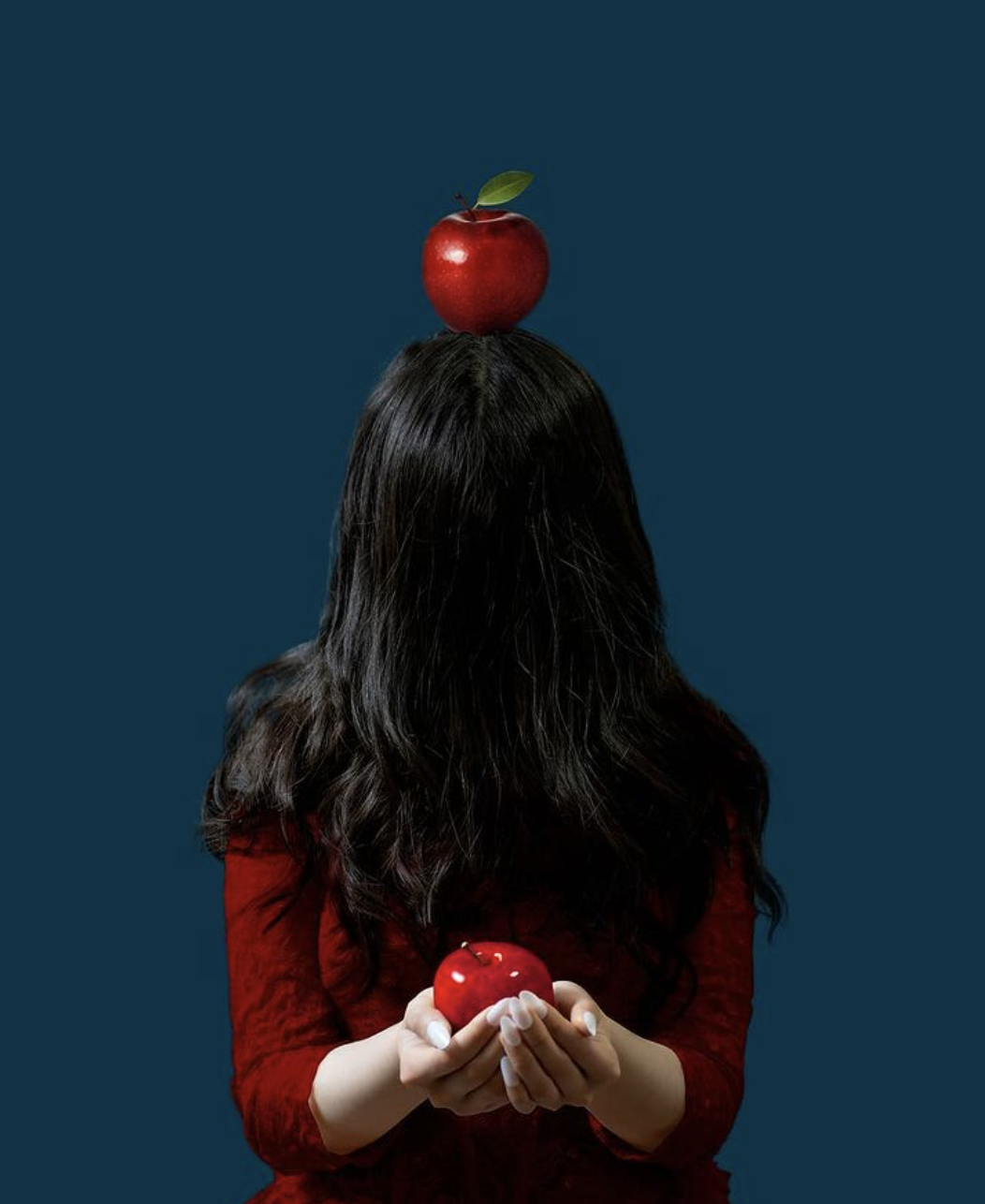MEET ME - AND SOME ART - IN MADRID
Madrid is known for its football team and among the artsy crowd for its Prado museum. But there is so much more to this sprawling modern metropolis. Contemporary art lovers will be pleased to read that there is plenty to see. The extra bonus? A lot of the best galleries are within easy walking distance from one another, and located in fun, lively neighborhoods that offer plenty of opportunity to take a little coffee break in-between.
Just remember not to plan your trip for the morning after a key Real Madrid win in the Champions League like I did - unless you love wandering the city among many completely inebriated yet deliriously happy madrileños! I think I got at least one marriage proposal from a complete stranger :)
Football calendar checked? The coast is clear? Let’s put on our walking shoes and let’s go!
EHRHARDT FLORES
Founded as The Heinrich Ehrhardt gallery in 1980, the gallery first introduced German art to Madrid. Now rebranded is Erhardt Flores and located in the cool Malasaña neighborhood, the space shows young Spanish artists such as Julia Spínola and Secundino Hernández, along with many others such as Emanuel Seitz, Michael Beutler, Peppi Bottrop, Herbert Brandl, André Butzer, Mauro Cerqueira, June Crespo, Björn Dahlem, Helmut Dorner, Laia Estruch, Günther Förg, Fernando García, Thilo Heinzmann, Imi Knoebel, Stefan Müller, Kiko Pérez, Guillermo Pfaff, Tobias Rehberger, Ulrich Rückriem, Sarmento, Emanuel Seitz, Gonçalo Sena, Rosa Tharrats, Thomas Zipp, Otto Zitko, Jan Zöller. Tucked away in an unassuming courtyard next to a couple other galleries, this raw and industrial space could be easy to miss, but do yourselves a favor and stop by. It is definitely worth a visit.
GALERIA LA COMETA
Just a few steps away, you will find possibly my favorite Madrid gallery, Galeria La Cometa. According to its own website, the gallery was founded 36 years ago with the purpose of contributing to the development of the local art scene.
The small but light and airy space pulls you in and stands out as a little modern oasis in the otherwise more traditional residential area of Calle San Lorenzo. Push through the glass doors, however, and voila! Interesting art beckons. When I visited, the gallery was showing mesmerizing paintings by Kmilo Morales. I got lost in the wonderful sea of blue and almost bought one piece on the spot. I wish I could have bought the whole wall!
The gallery also represents works by Adam Goldstein, Adrián Gaitán, Alejandro Ospina, Alejandro Sánchez, Ana González, Carlos Castro, Daniel Nyström, Fernando Pinto, Gustavo Pérez Monzón, Jim Amaral, Juan Baraja, Juan Jaramillo, Nadir Figueroa, Olga de Amaral, and Ricardo Cárdenas, I bet you will always find something interesting here.
GALERIA ELBA BENITEZ
Just a stone’s throw from La Cometa is Elba Benitez. Don’t miss it. The gallery showcases artists working across a range of media – installation, sculpture, video, photography, painting, and performance — trying to tap into the ever changing moods and directions of the art world. Its artist roster is impressive as well - Ignasi Aballí, Ibon Aranberri, Miriam Bäckström, Carlos Bunga, Cabello/Carceller, Alejandro Campins, Alejandro Cesarco, Juan Cruz, Fernanda Fragateiro, Hreinn Fridfinnsson, Carlos Garaicoa, David Goldblatt, El Ultimo Grito, Cristina Iglesias, Joachim Koester, Isa Melsheimer, Vik Muniz, Ernesto Neto, Nicolás Paris, Jorge Ribalta, Francisco Ruiz de Infante, Francesc Torres, and Oriol Vilanova. The gallerists are always up for giving an impromptu tour and telling you all about the artist’s perspective. I can see why it’s popular.
JUANA DE AIZPURU
Walk over to the Chueca neighborhood nearby and you will find another great place, Juana de Aizpuru. Just keep your eyes peeled. The signage is easy to miss, the space itself is located on the second floor, and I walked past the building a couple of times before finally realizing where it was. Thank goodness for the persistent GPS that kept “rerouting” until it convinced me that yes, I was, in fact, in the right spot!
The gallery’s founder is recognized for her inspiring leadership in contemporary art promotion; she was also the creator and first director of the ARCO international fair. and helped to seed a national interest in contemporary art. The artists represented by he gallery include Eric Baudelaire, Mirosław Bałka, Pedro Cabrita Reis, Rui Chafes, Luis Claramunt, Jordi Colomer, Cristina De Middel, Jiři Dokoupil, Fiko Federico Guzmán, Alicia Framis, Philipp Fröhlich, Sandra Gamarra, Cristina García Rodero, Carmela Garcia, Dora García, Alberto García-Alix, Pierre Gonnord, Joseph Kosuth, Glenda León, Rogelio López Cuenca, Cristina Lucas, Yasumasa Morimura, Albert Oehlen, Markus Oehlen, Tim Parchikov, Fernando Sánchez Castillo, Andrés Serrano, Montserrat Soto, Wolfgang Tillmans, and Heimo Zobernig. During my visit, I saw a cool modern interpretation of a “wishing well” - the artist encouraged you to write down and “leave your fears behind”. Not a bad idea, if you ask me. So, of course I did. Why not?
REINA SOFIA
Is that all? Of course not. If you’re the kind of person who prefers “one stop shop” even for your contemporary art, then Reina Sofia is the place for you.
Yes, there is The Prado. And it’s fabulous. But Reina Sofia is just as good and it was just what the doctor ordered on the hot summer day when I visited. Why is that, you ask? Well, to start, the ground floor pulls you in with a lovely oasis filled with the works of Richard Serra. From there, you can take the Ian Ritchie-designed modern steel-framed glass elevators to the upper floors and lose yourselves among the giants of modern and contemporary art - from a completely unexpected paired-down works of Salvator Dali, Robert Motherwell, Michelangelo Pistoletto, Gerhard Richter, to Pier Paolo Calzolari and Donald Judd. And, yes, that rather iconic piece by Picasso, called “Guernica”.
If you need some fresh air after battling the crowds for a glimpse of that world-famous Picasso, find a bench in the leafy courtyard and admire one of Alexander Calder’s mobiles. It is wonderfully relaxing.
TOTEM - THE ART OF LODGING
While I often focus on art over everything else in my musings here, every now and then a hotel comes by and claims a spot among the favorite memories of the trip. That was the case of hotel Totem. Located in a beautifully renovated 19th-century building located in Madrid's "Golden Mile", Totem was designed to make me love everything about it. My overworked self started relaxing the minute I stepped into the dark modern lobby where I got a warm and friendly welcome from the staff. Minutes later, I sat on the comfy sofa in the bar/library filled with cool objets d’art and artsy books. Heaven!
And it got better from there. My room, while not huge, was everything I could have asked for. A wonderful fluffy white bed, classic mid century furnishings, a cool modern sofa, a muted color palette that was as if the architect read my mind! My only challenge was getting myself motivated to leave this wonderful pied-a-terre to go explore the city outside. If you want a wonderful, calming place to stay, this place is wonderful.
So, have I convinced you to visit Madrid yet? I think you should :)

